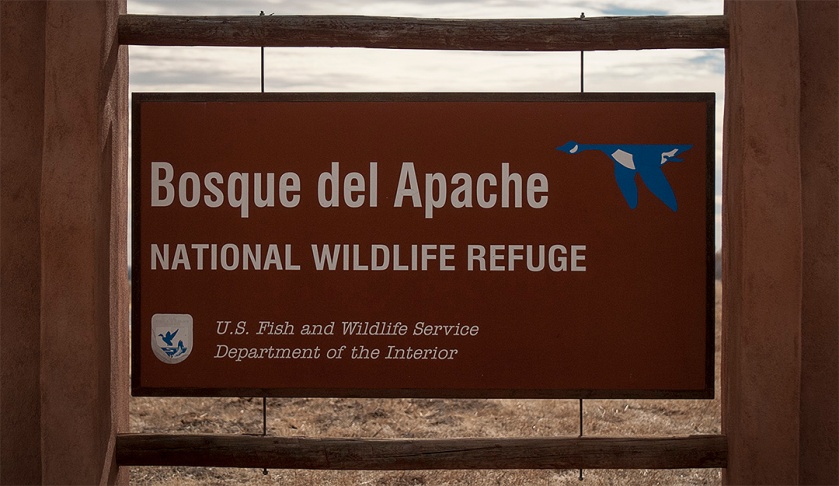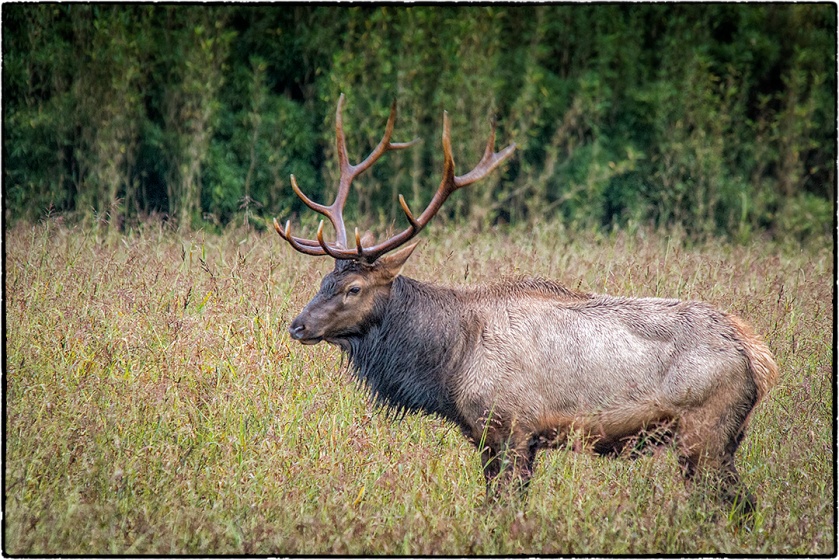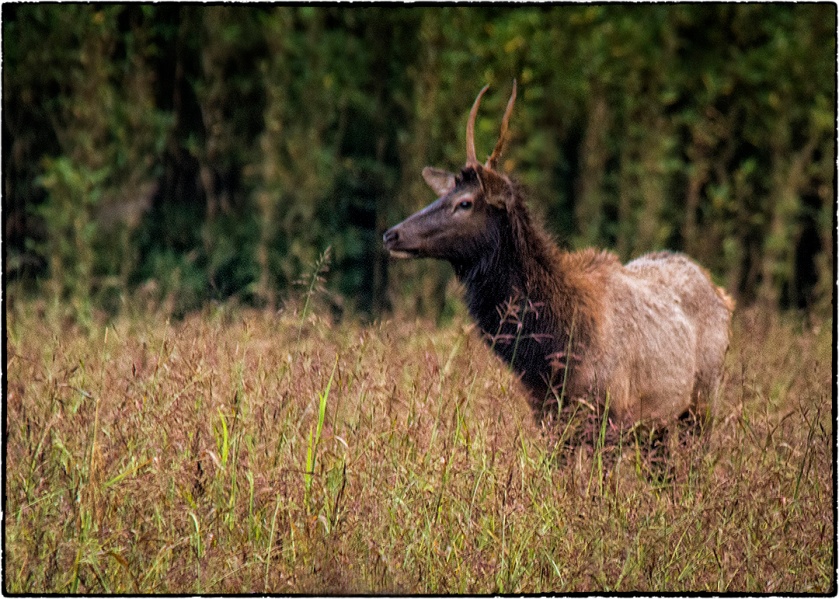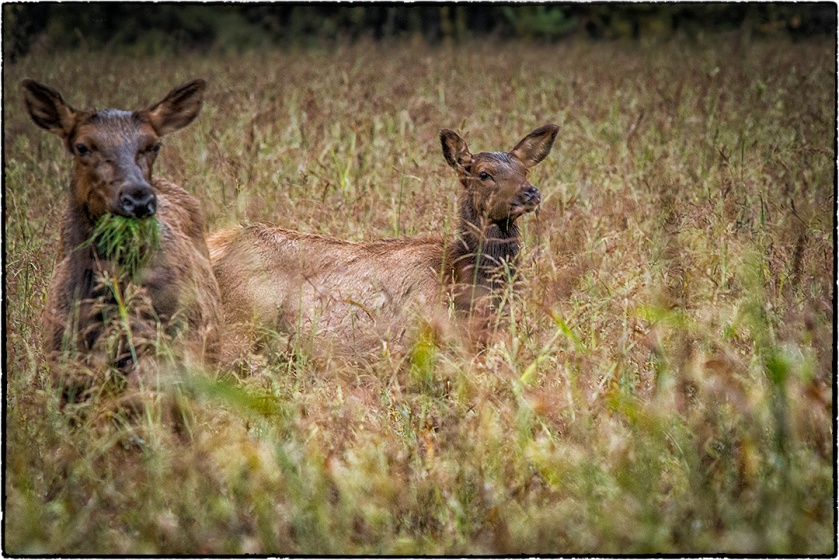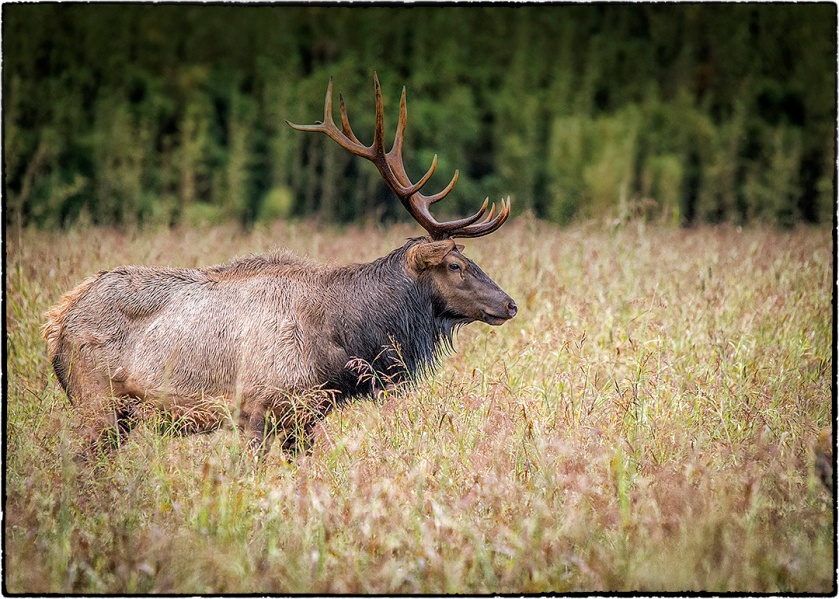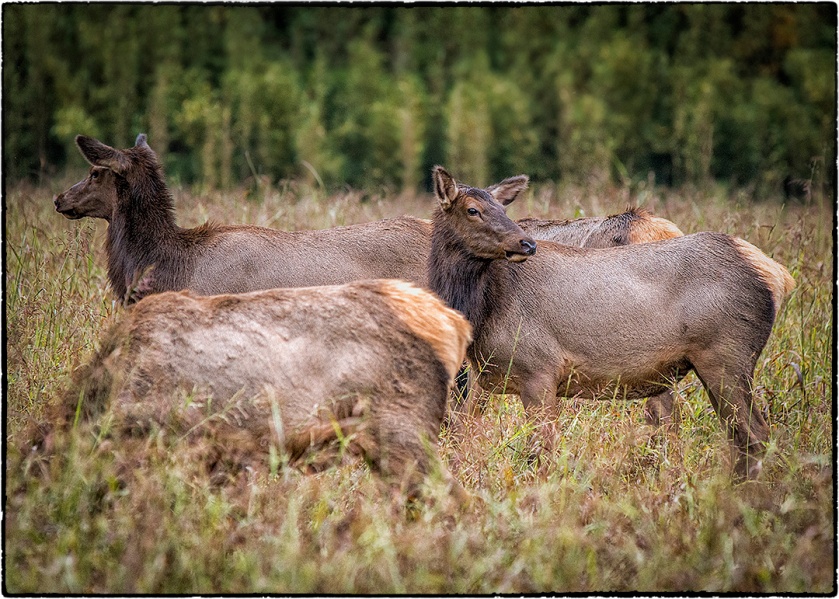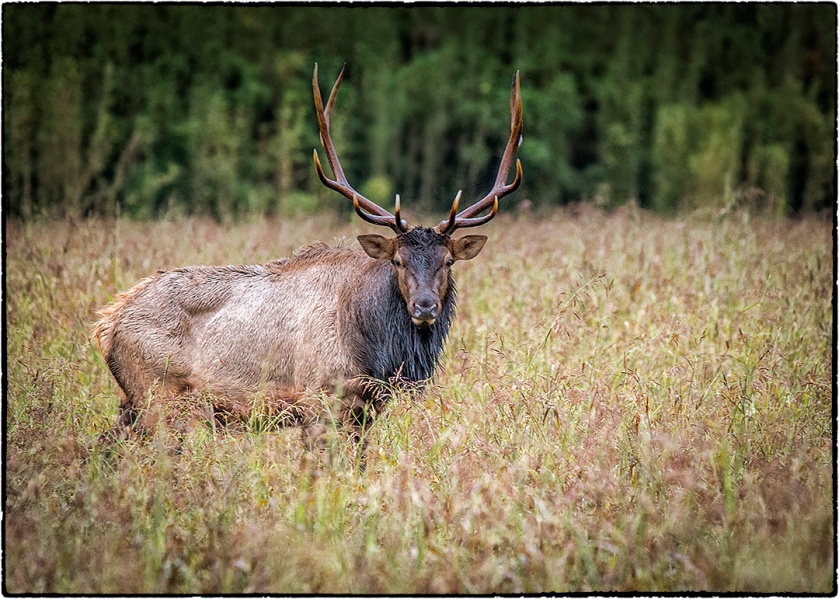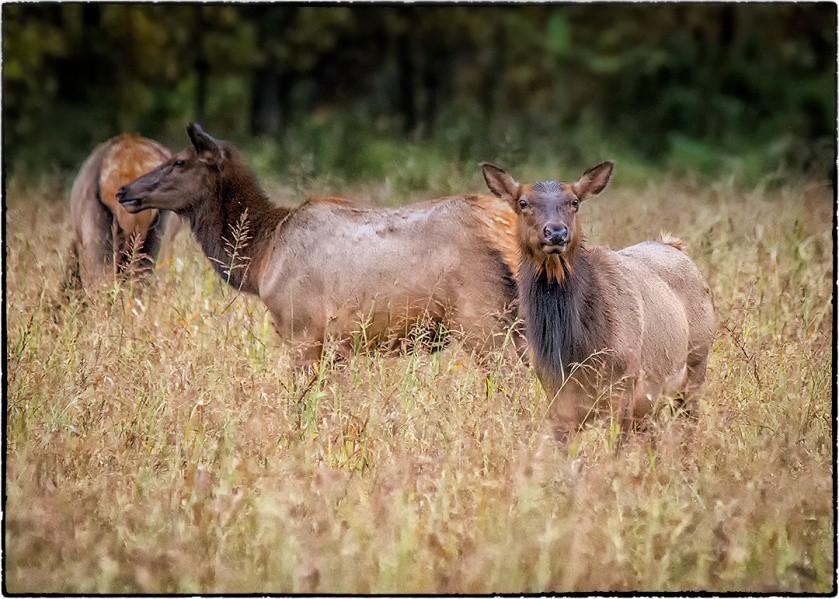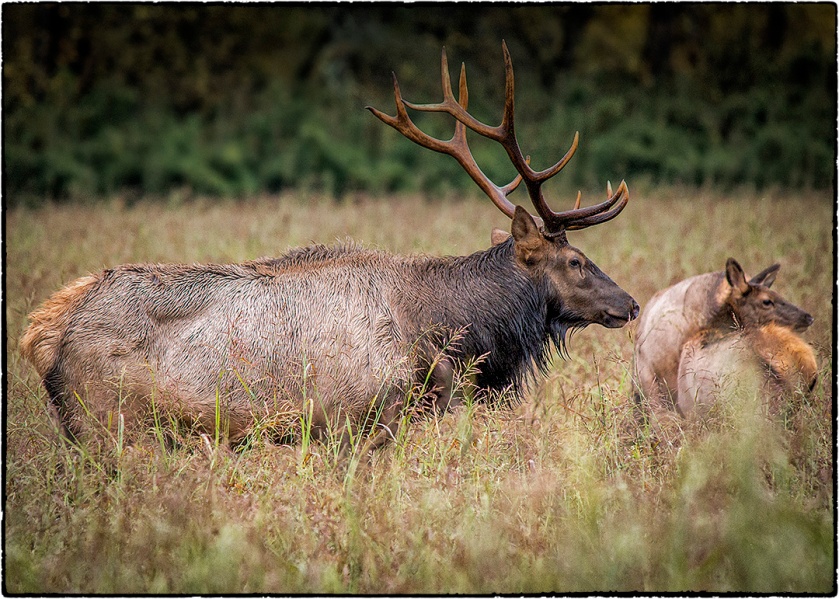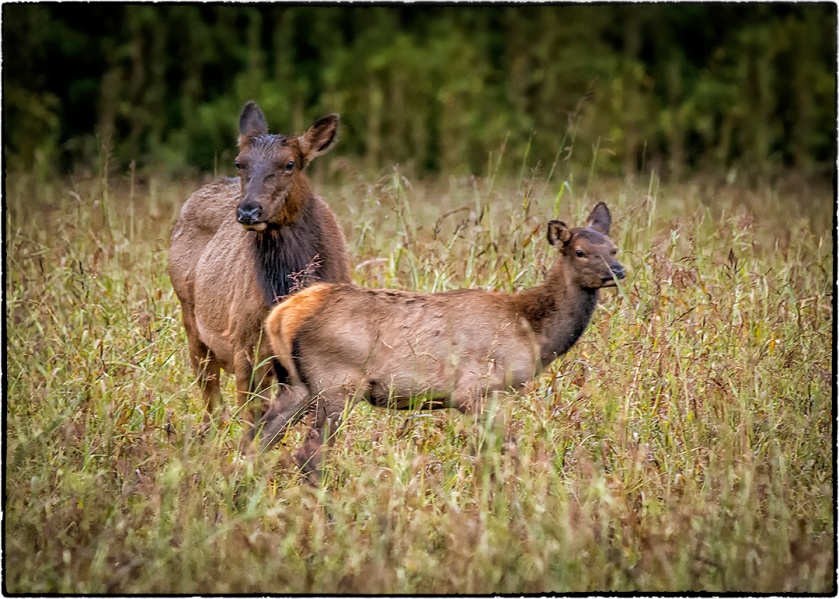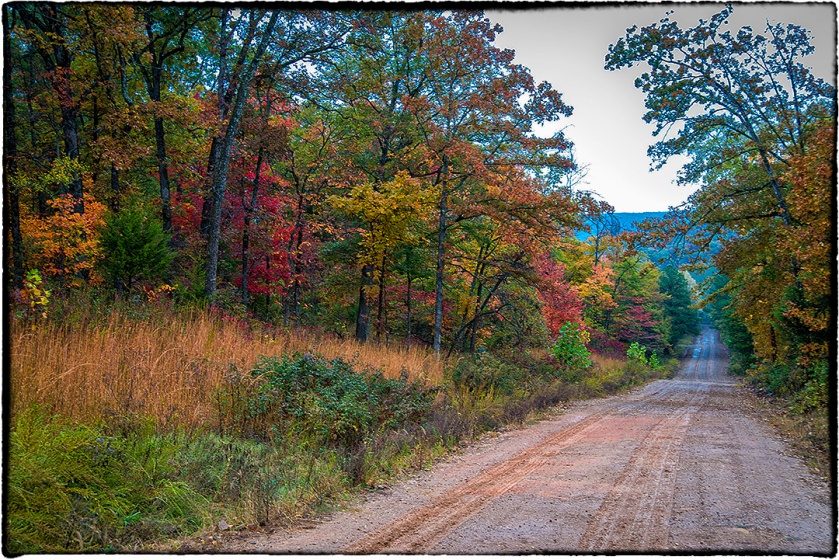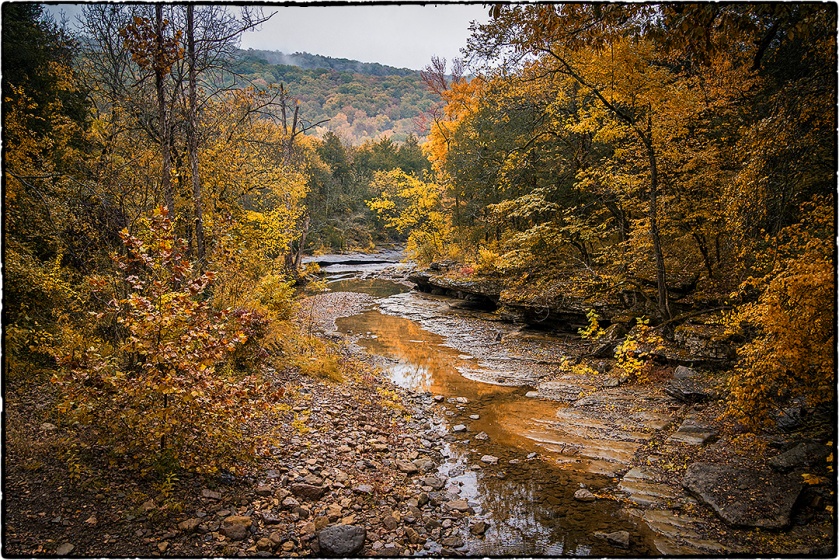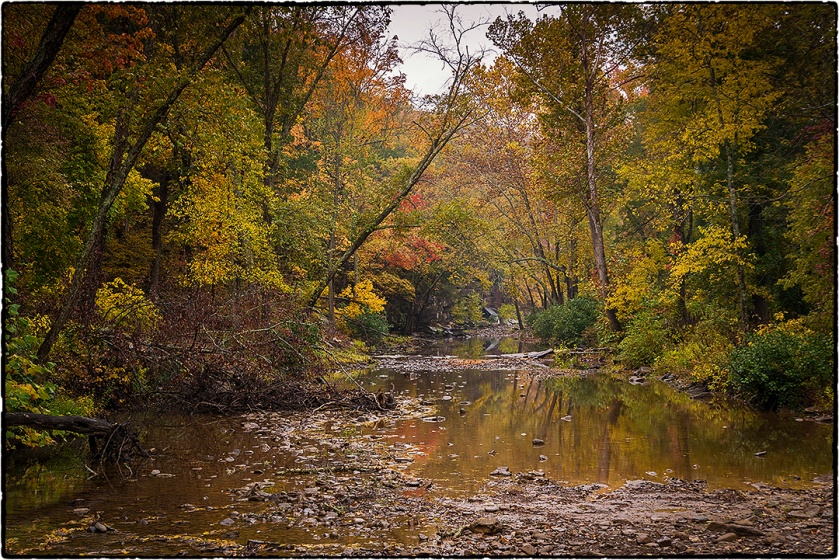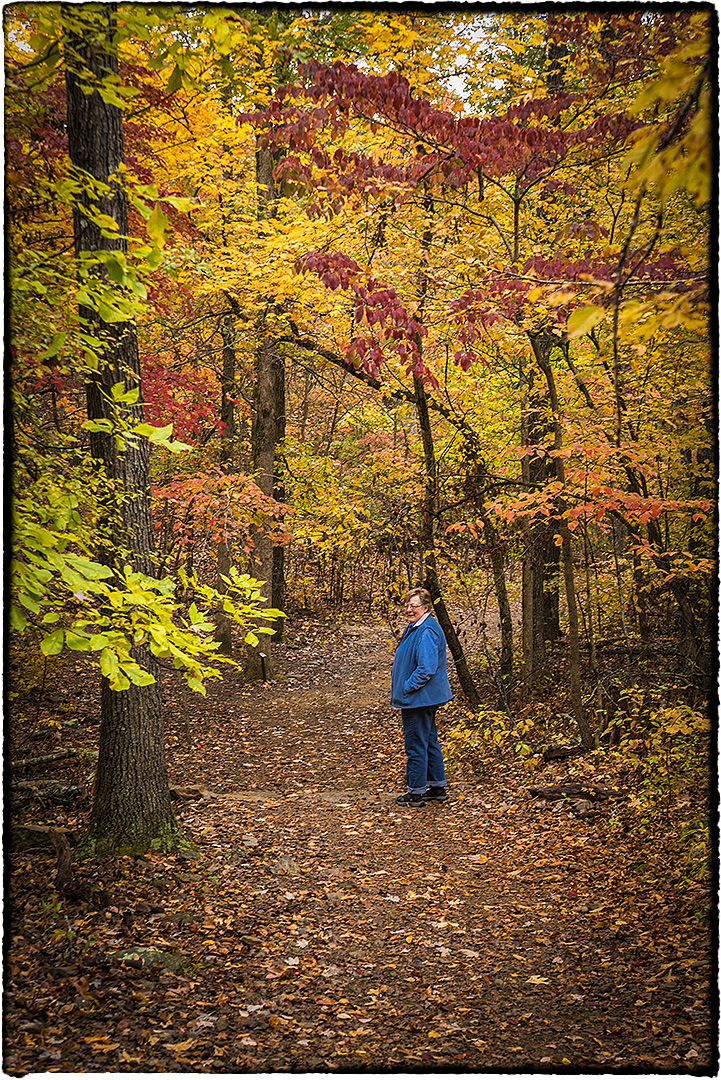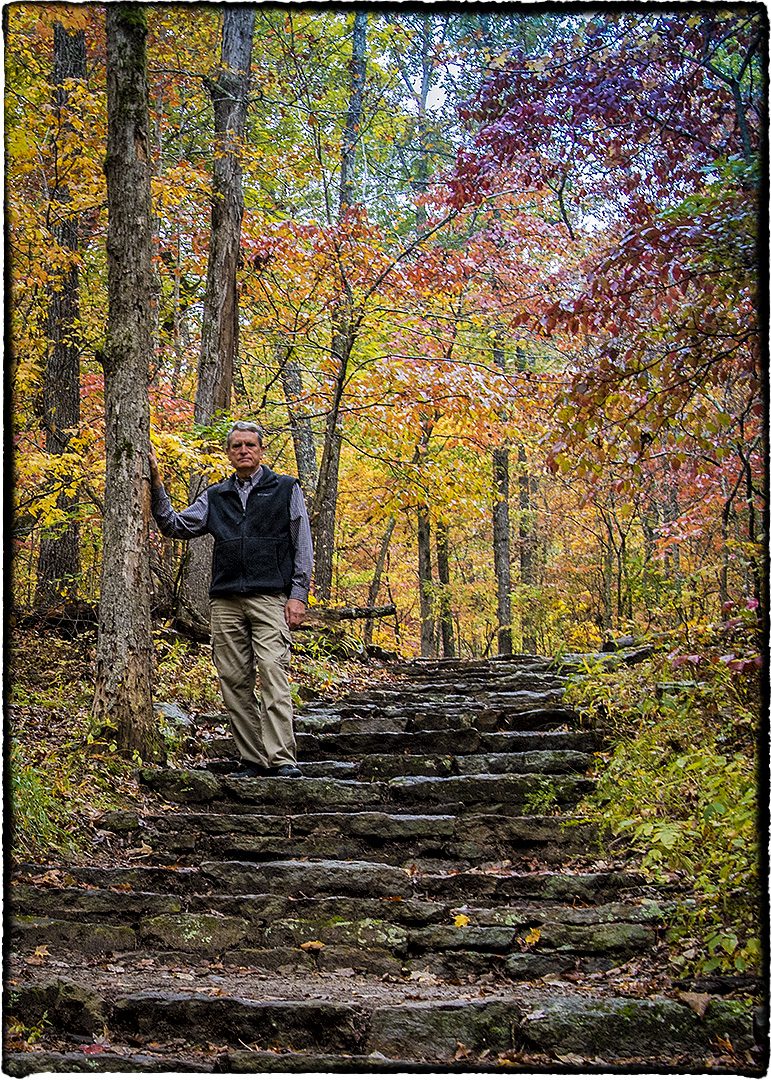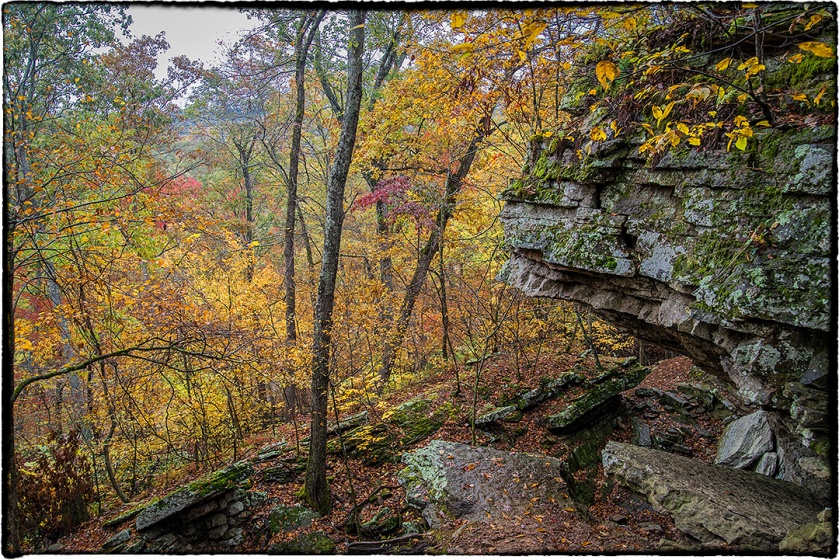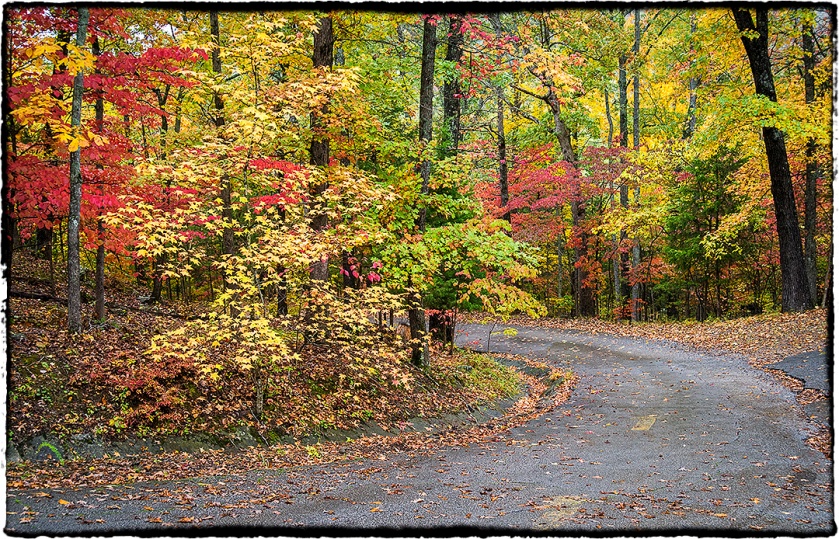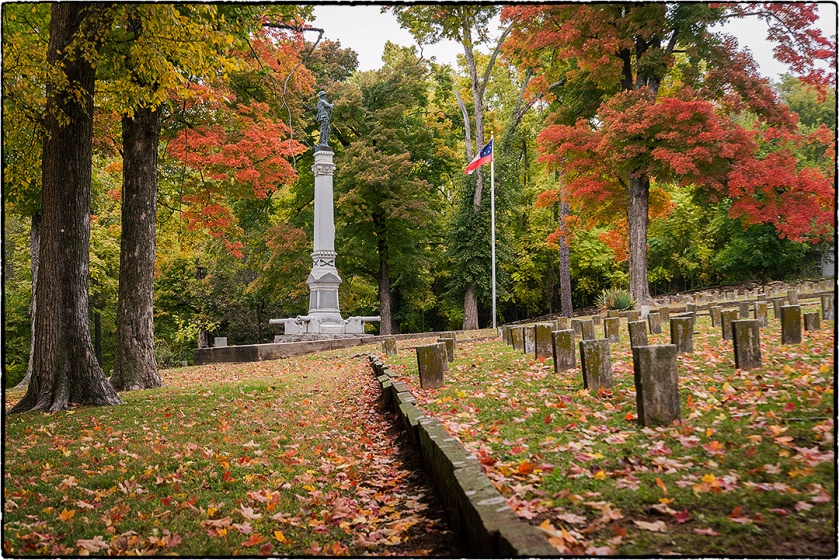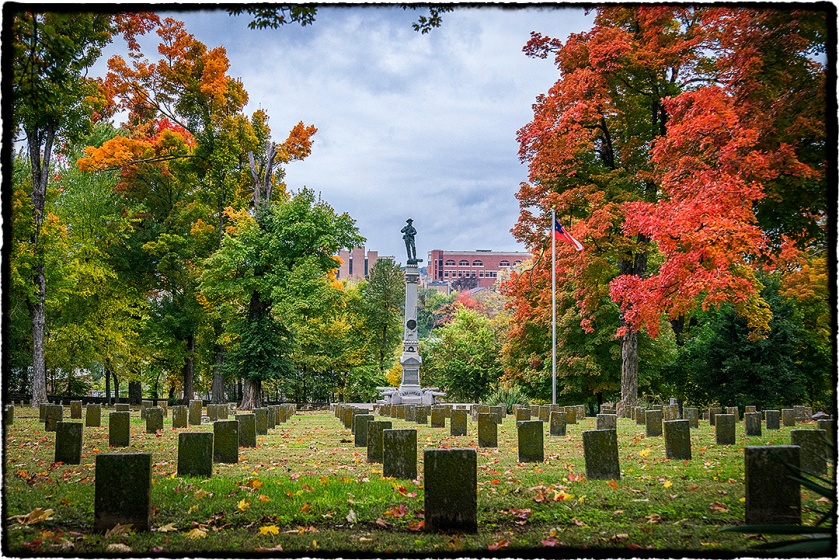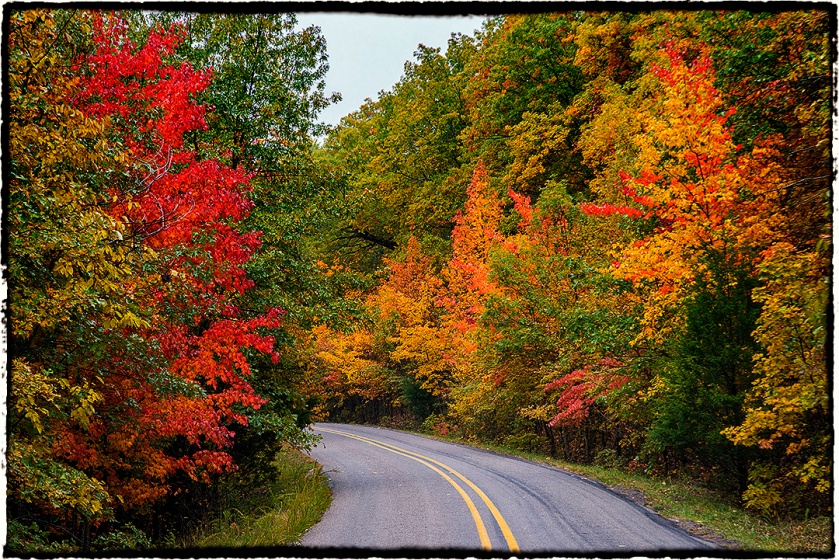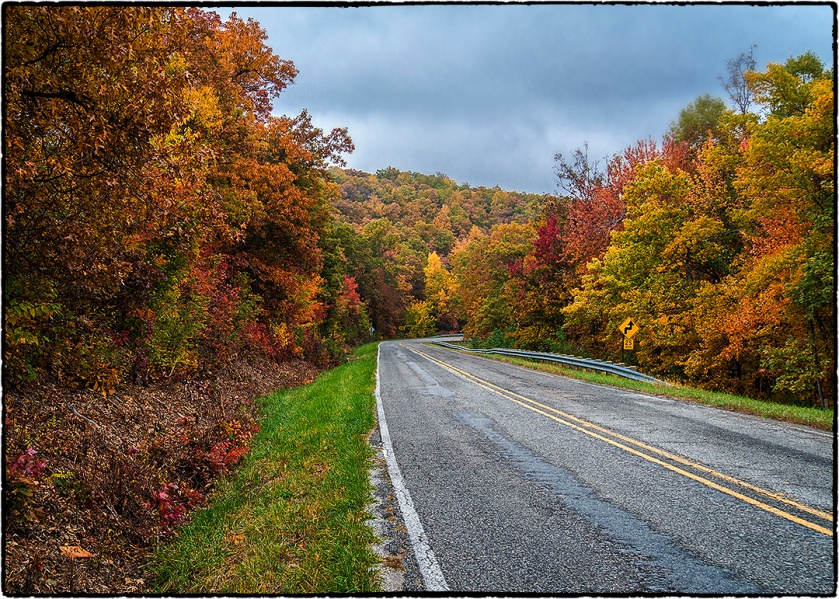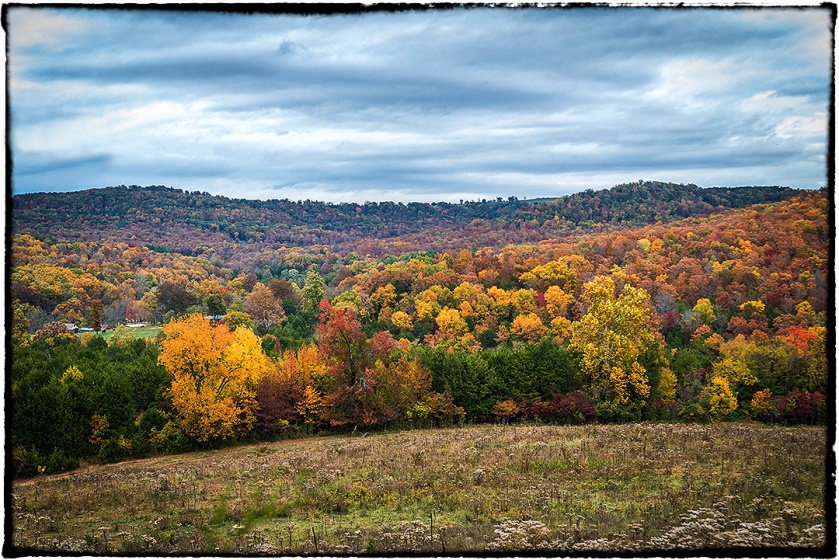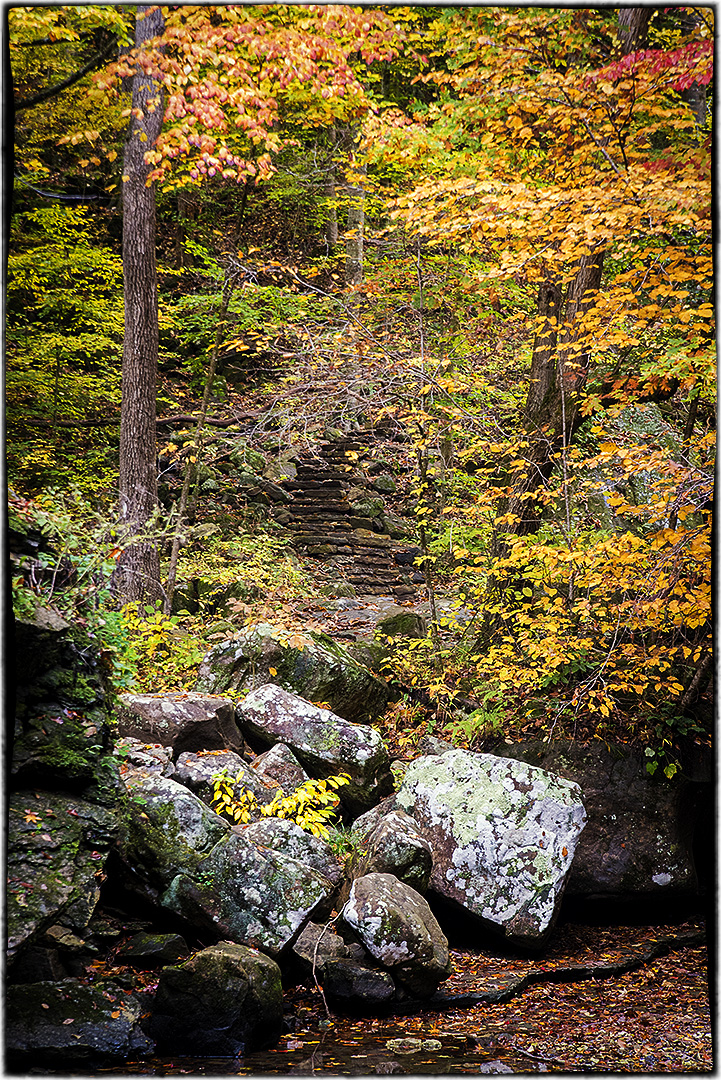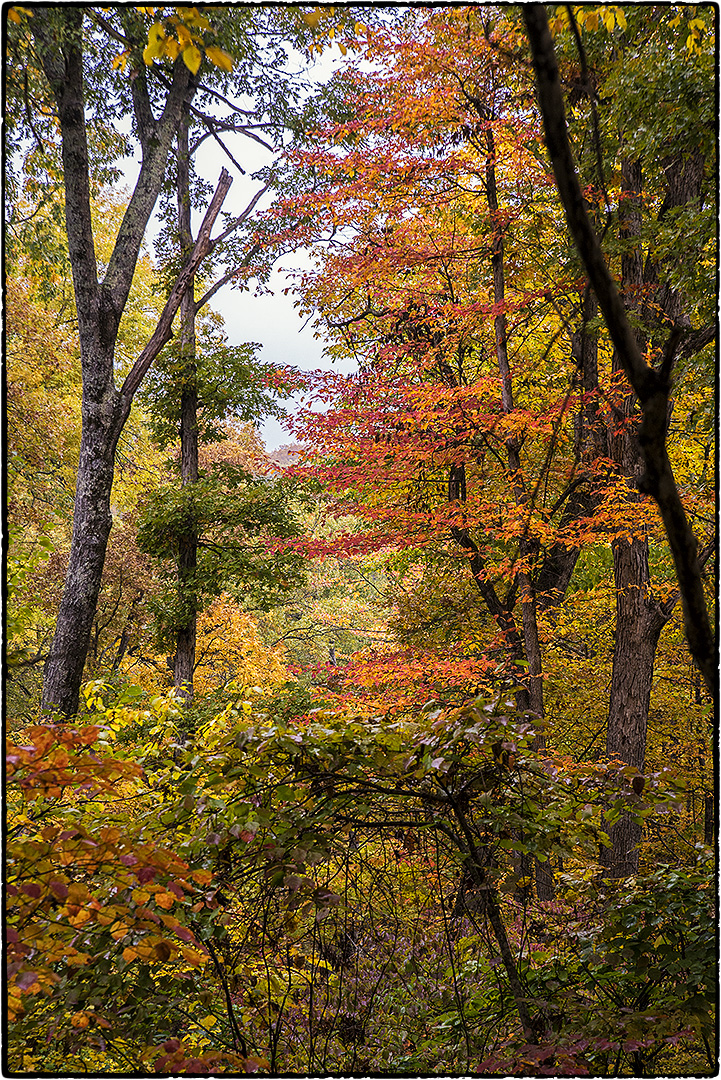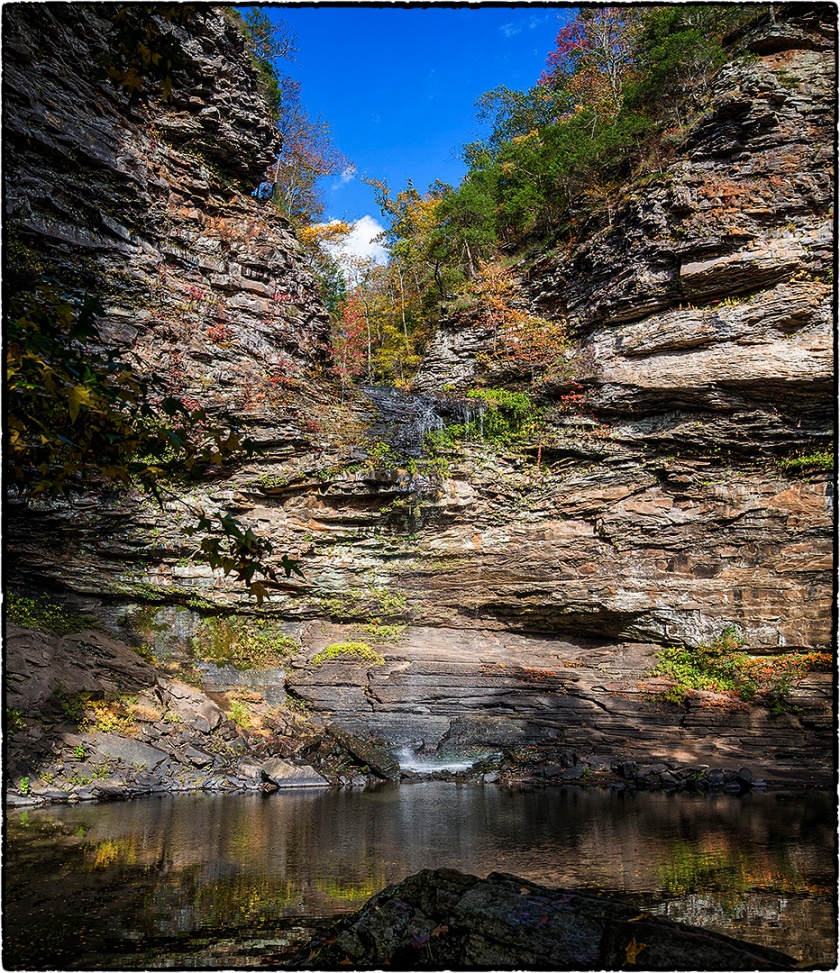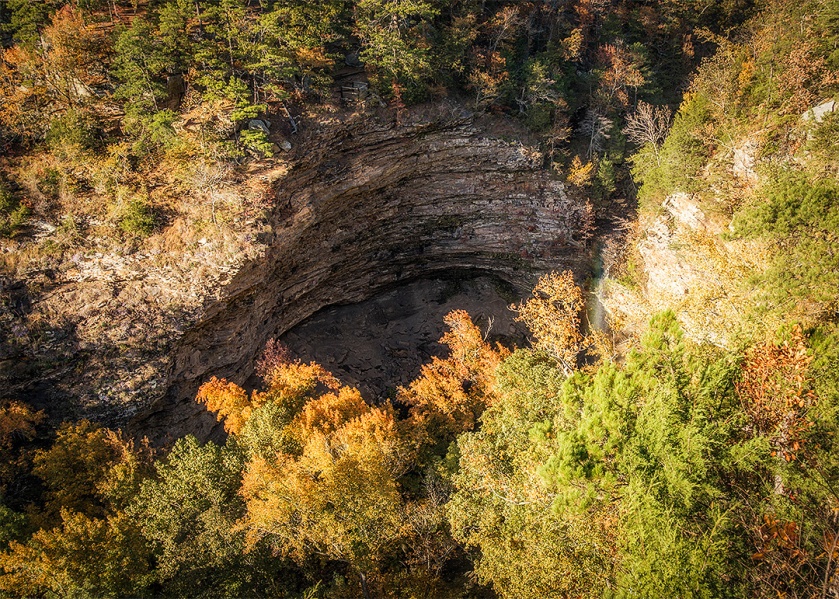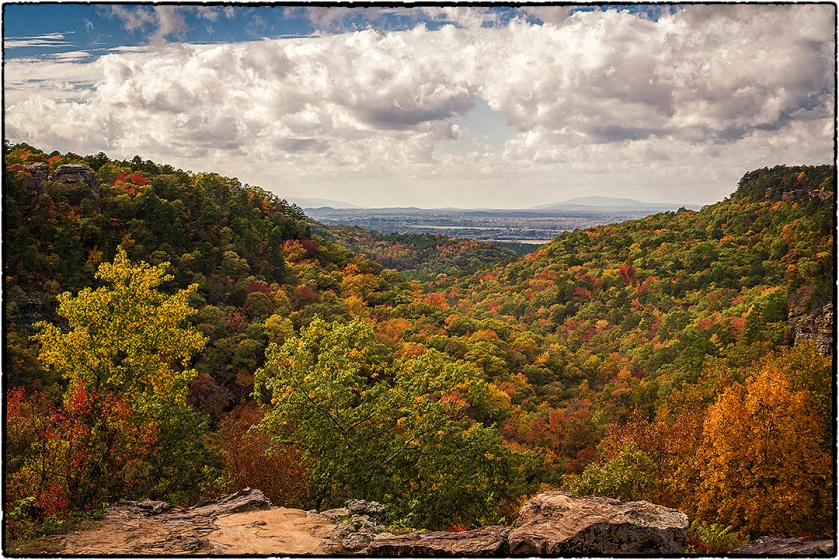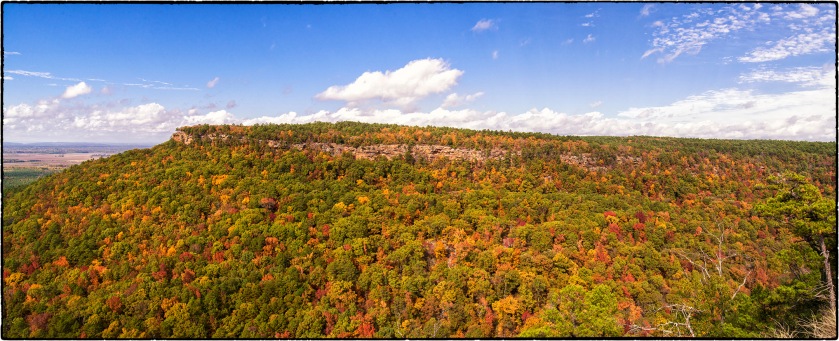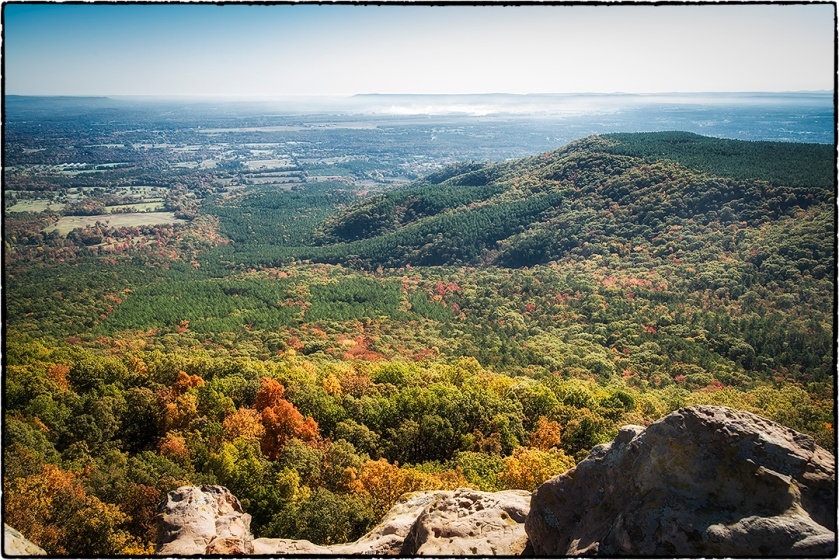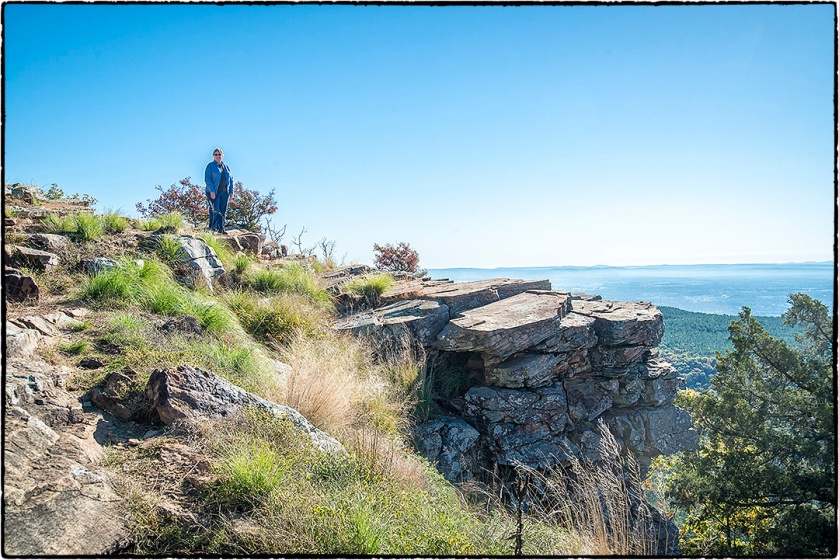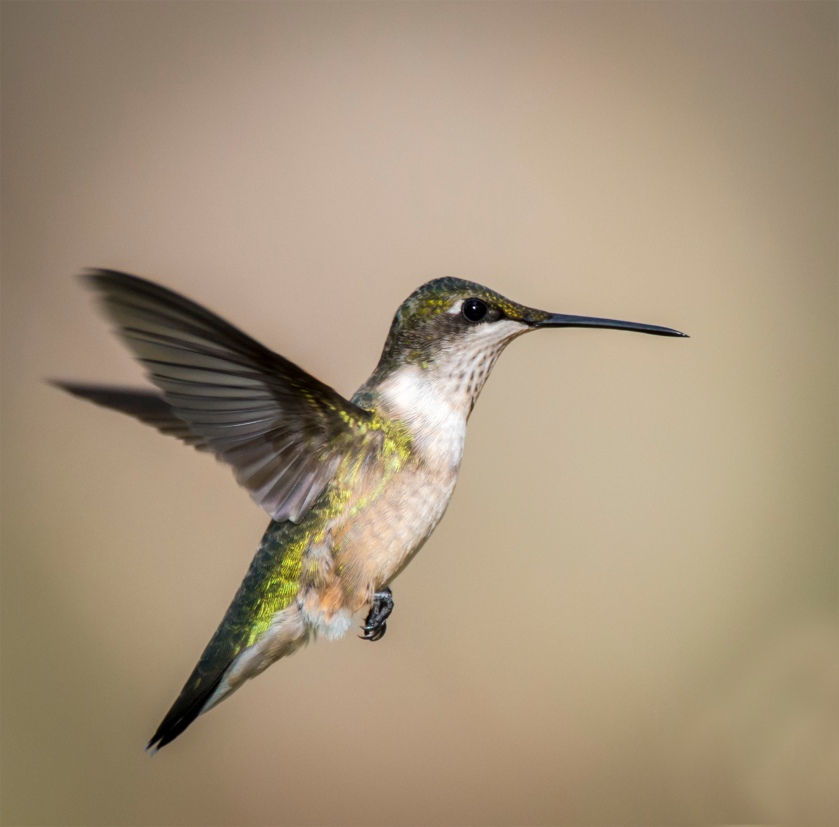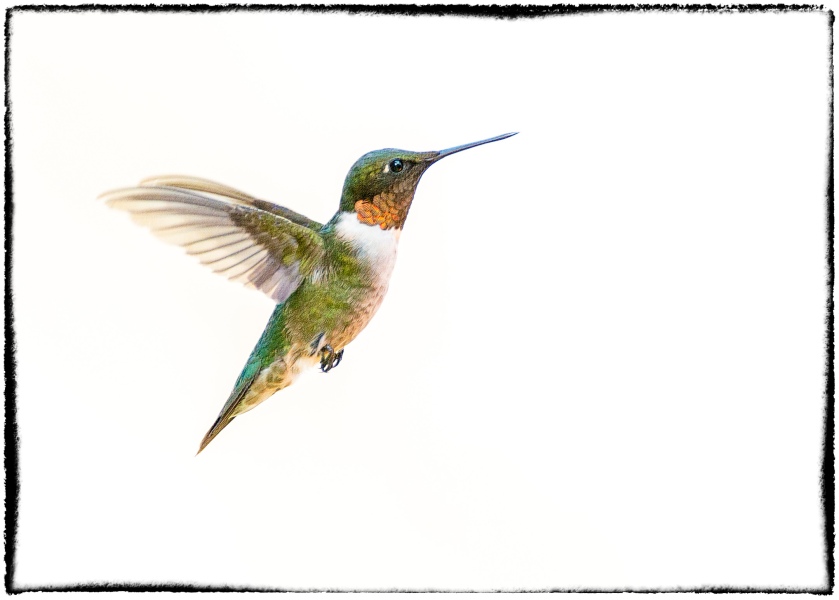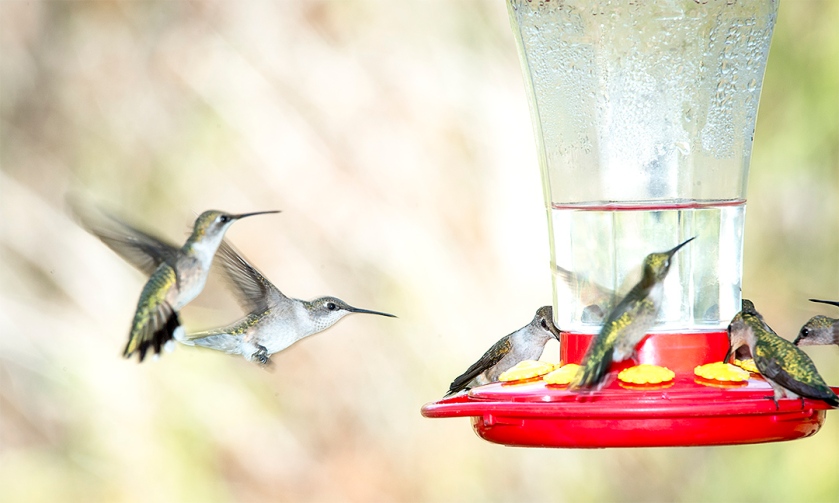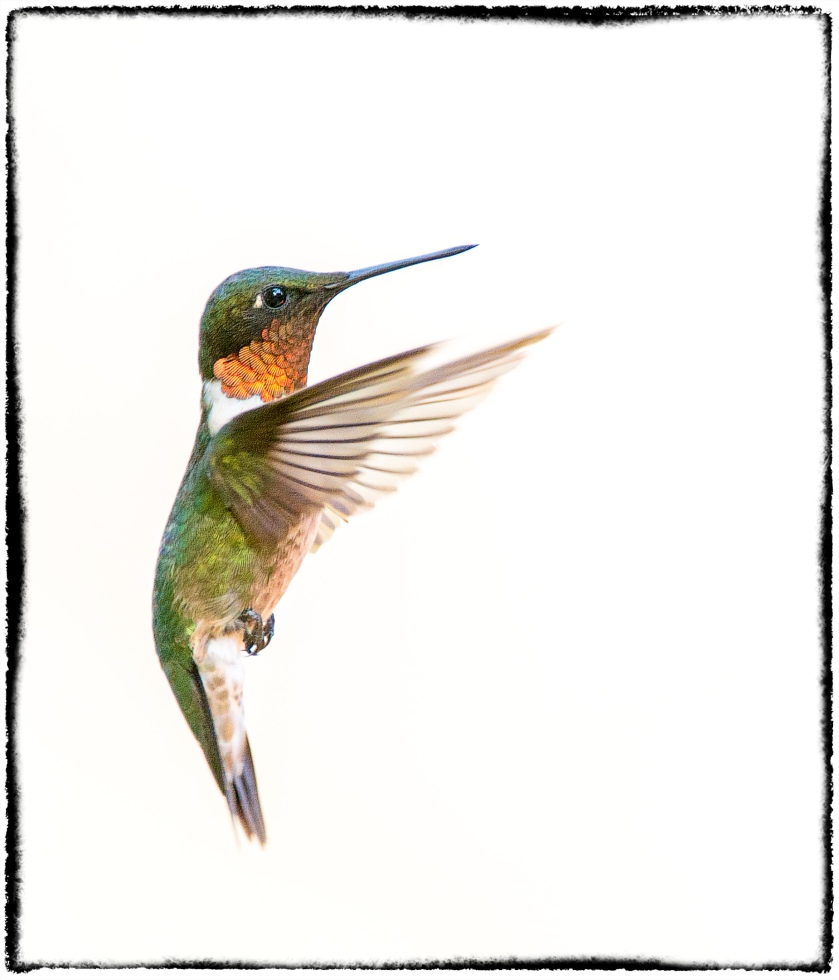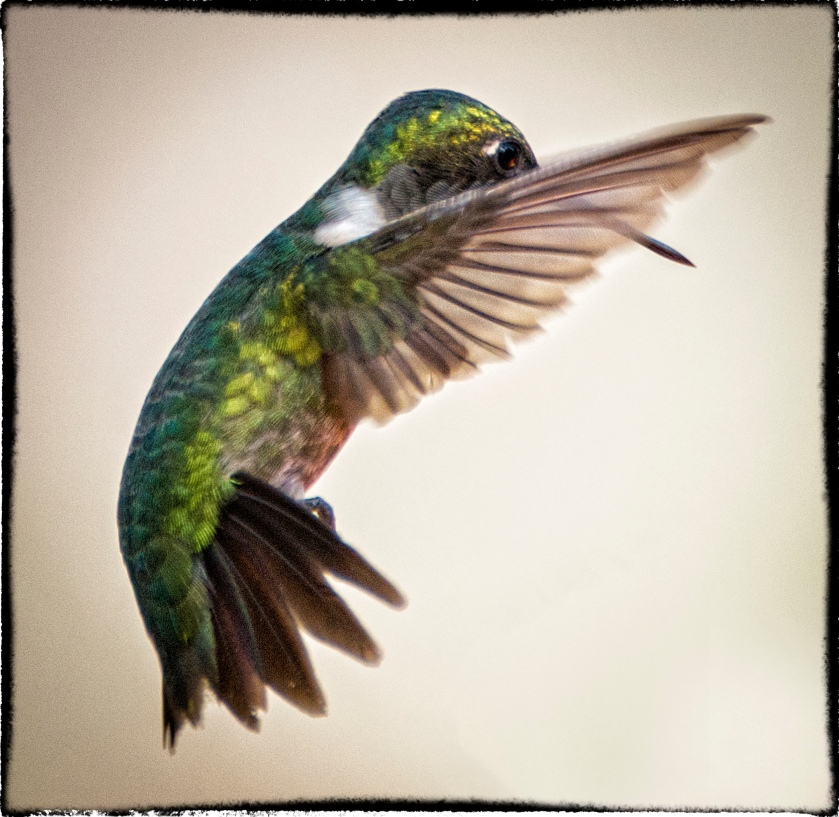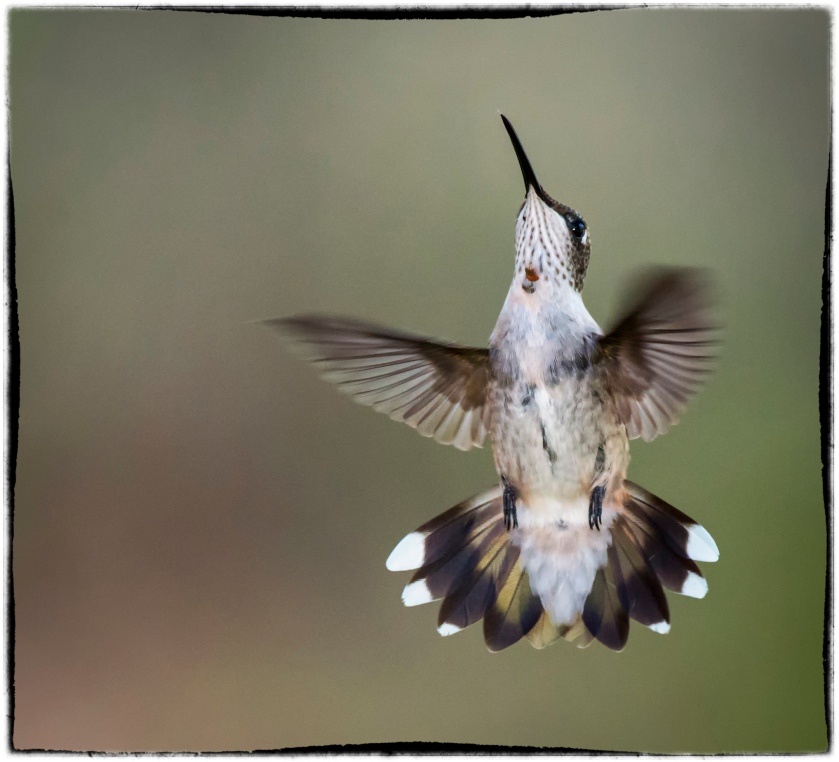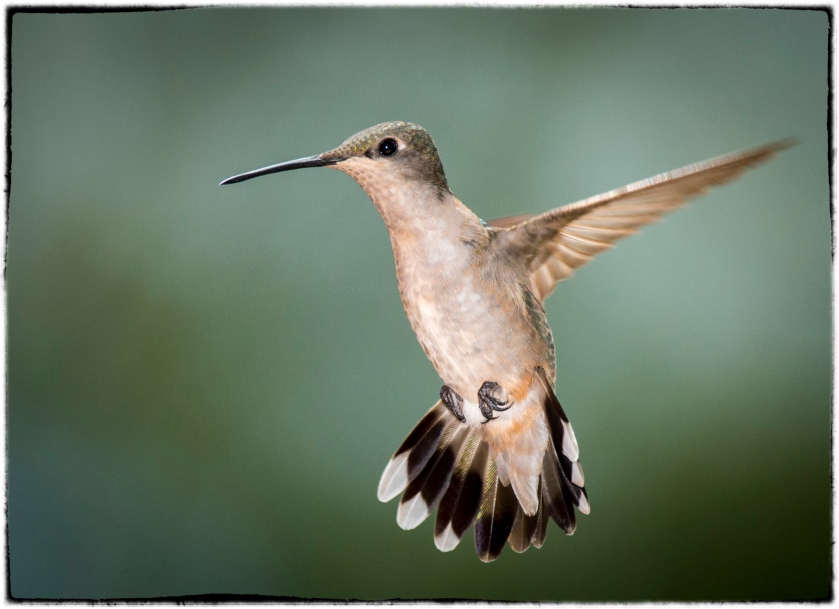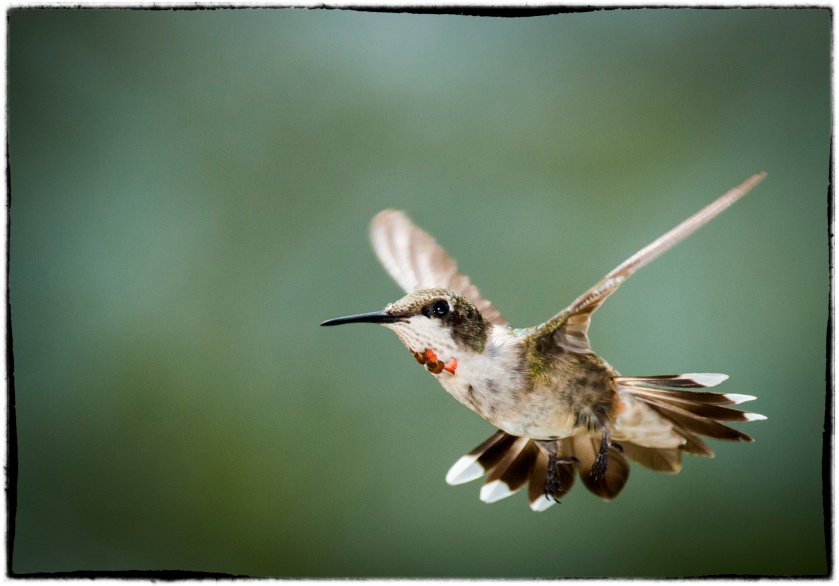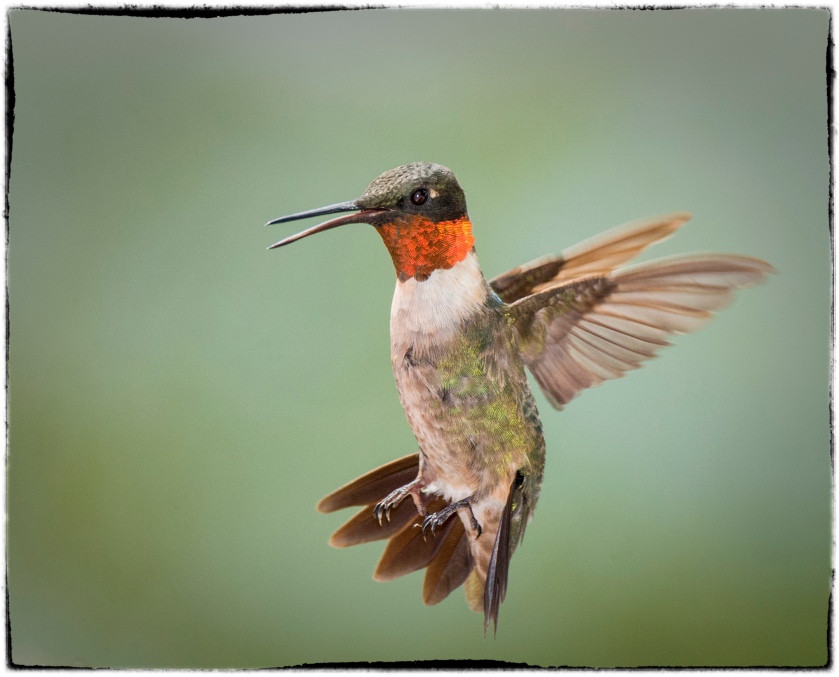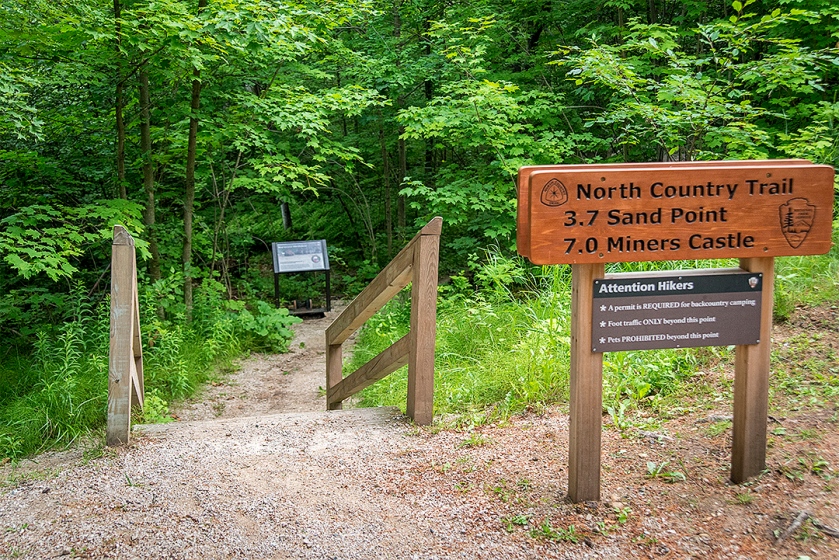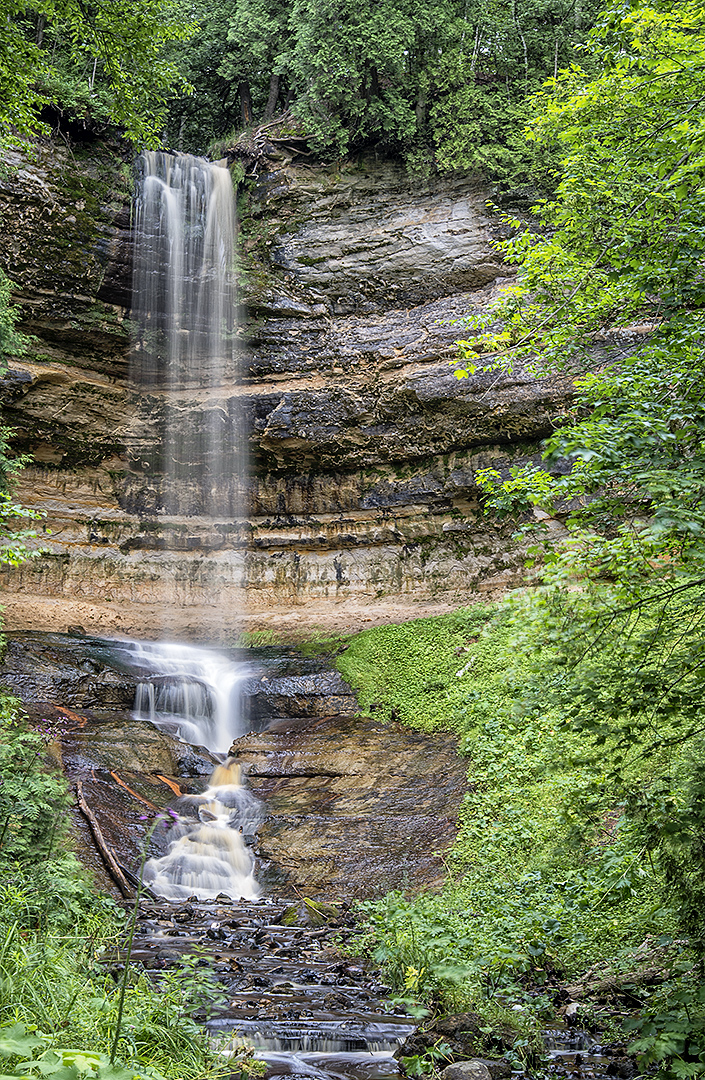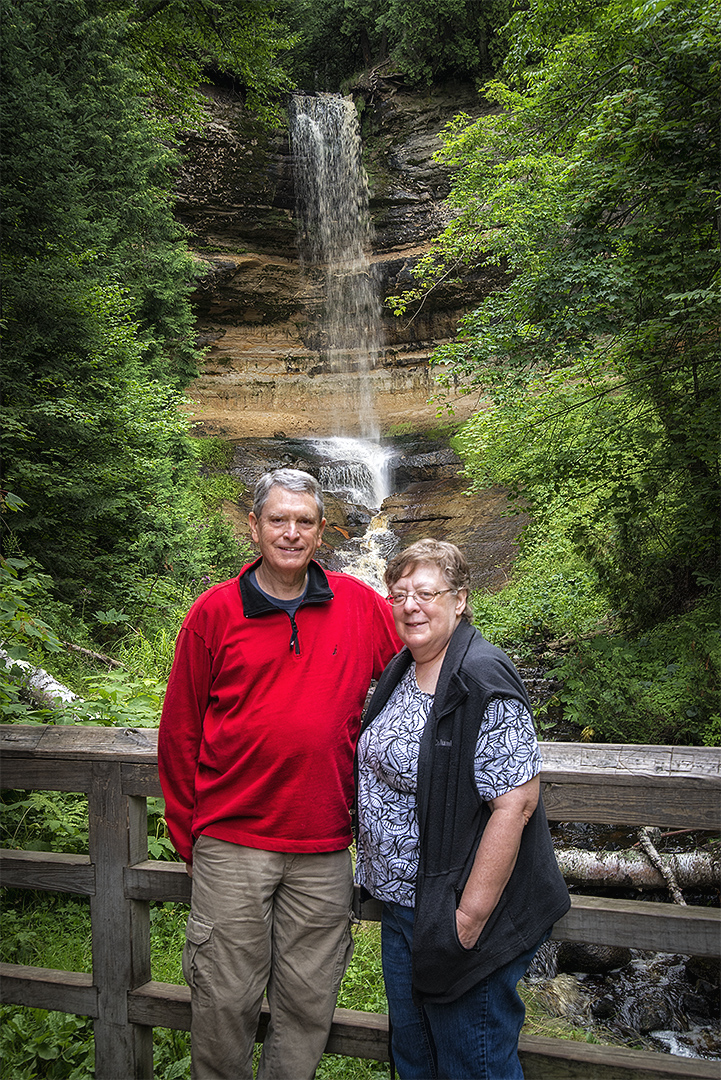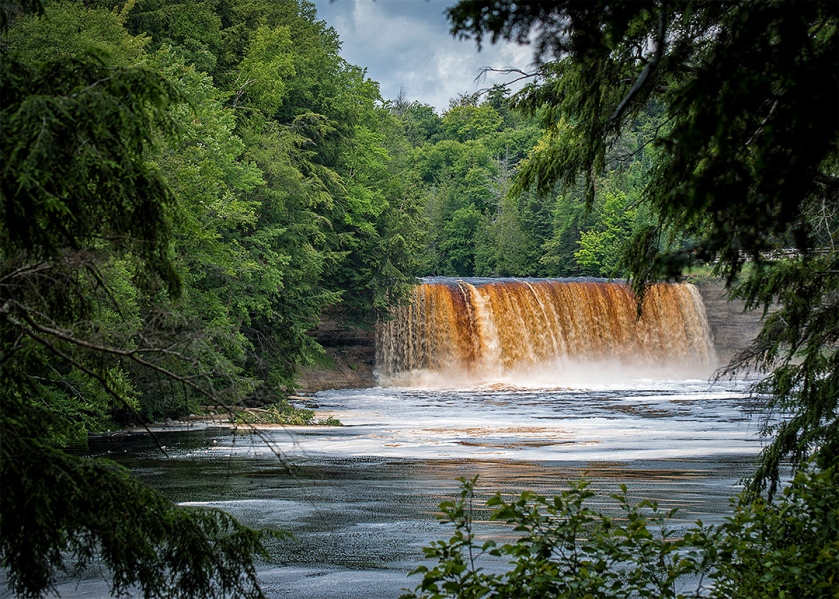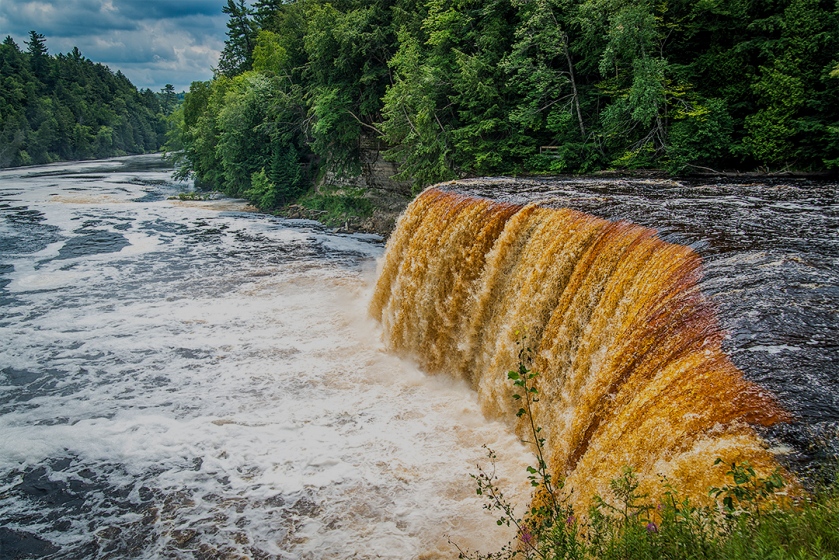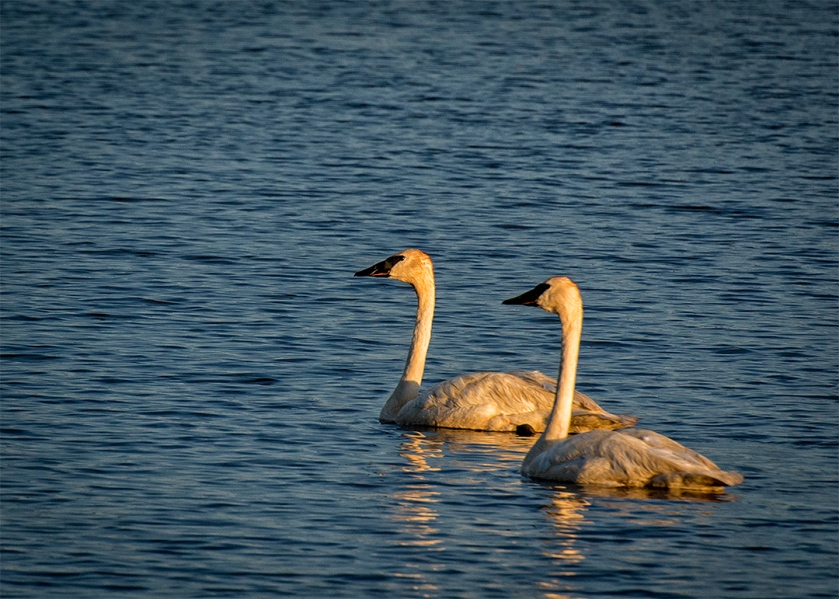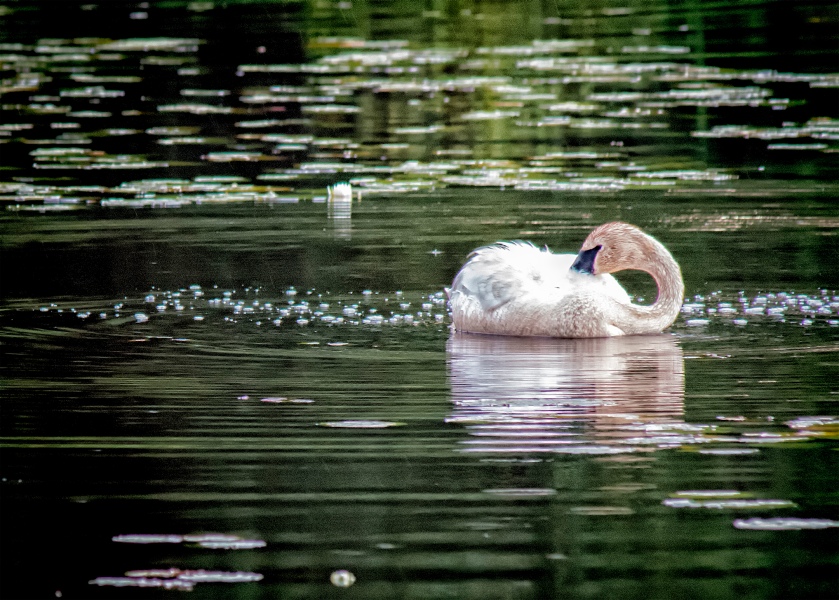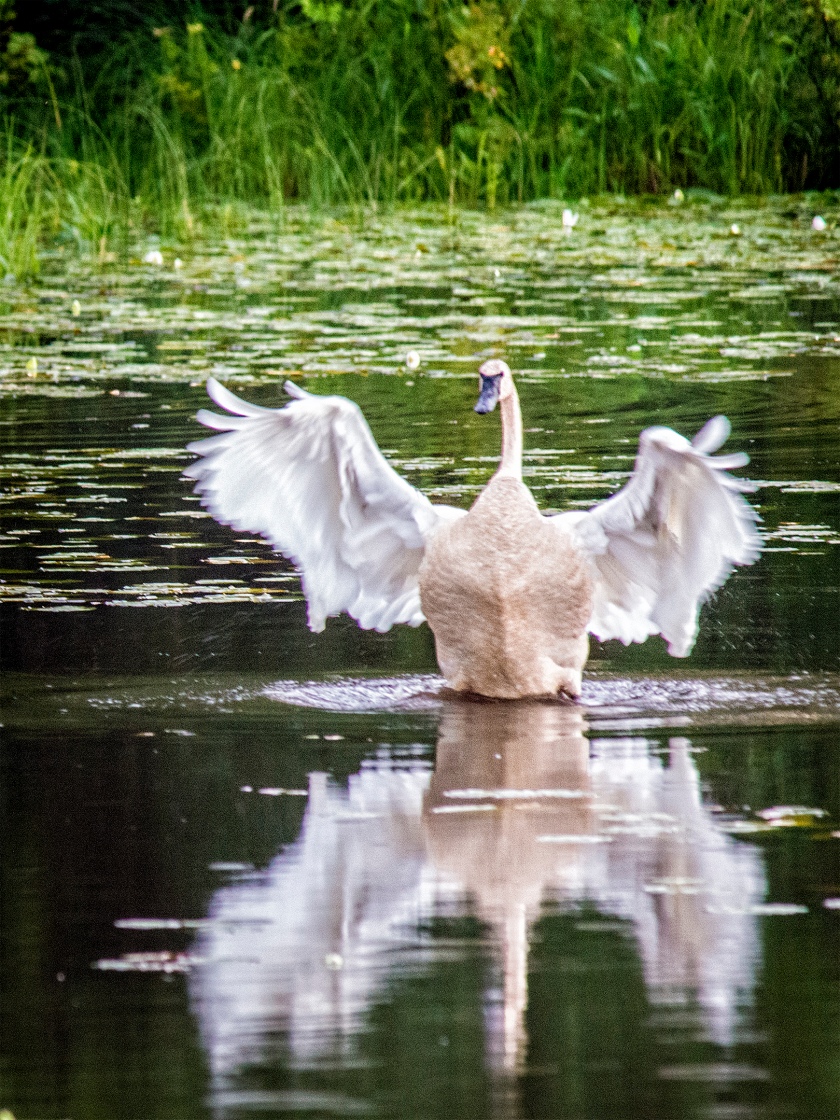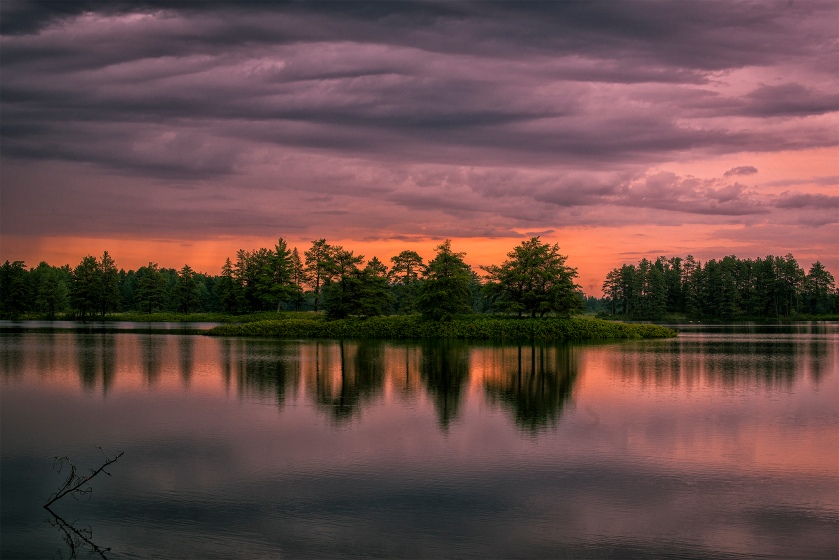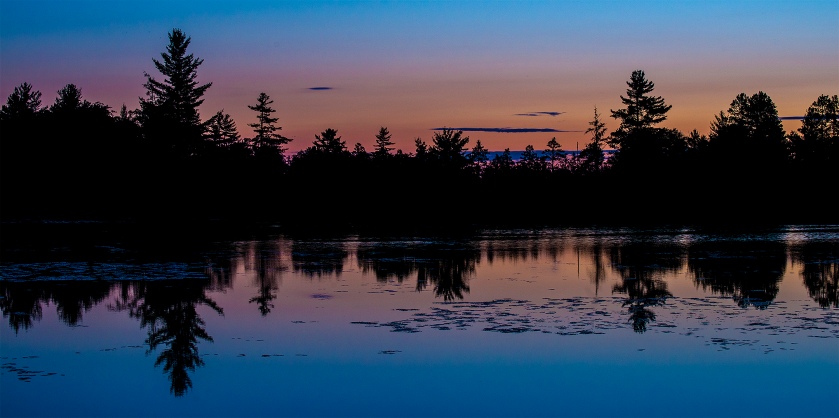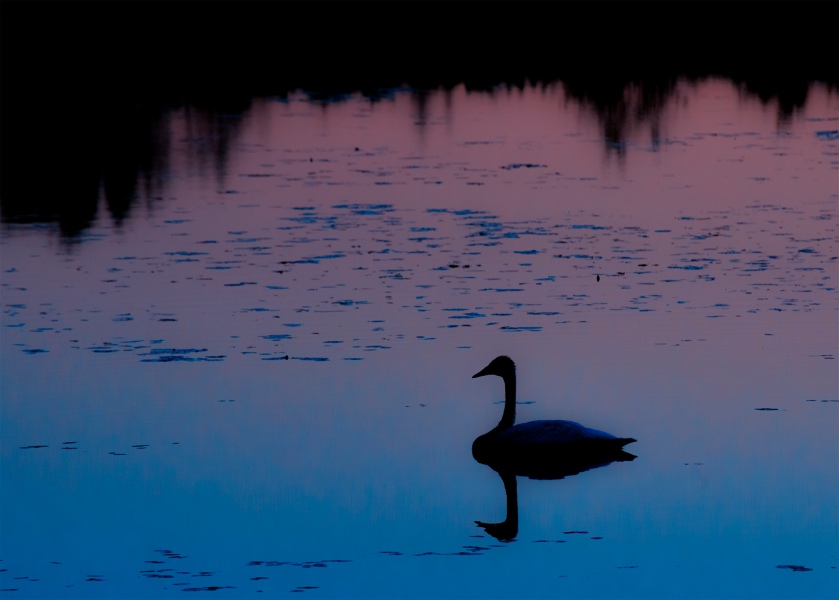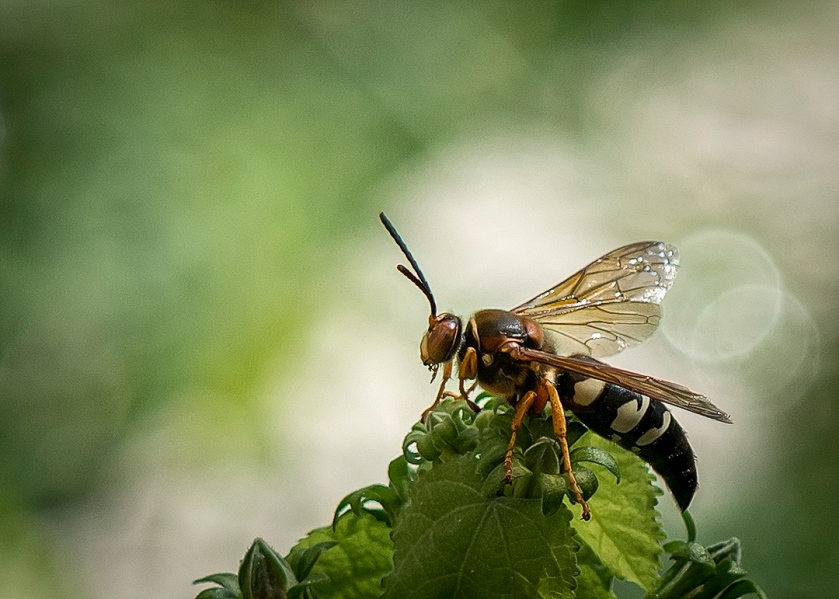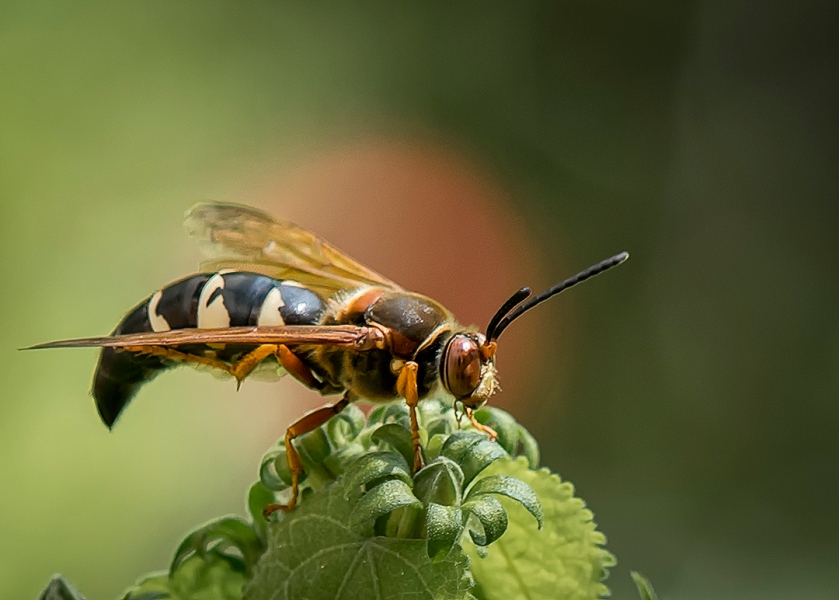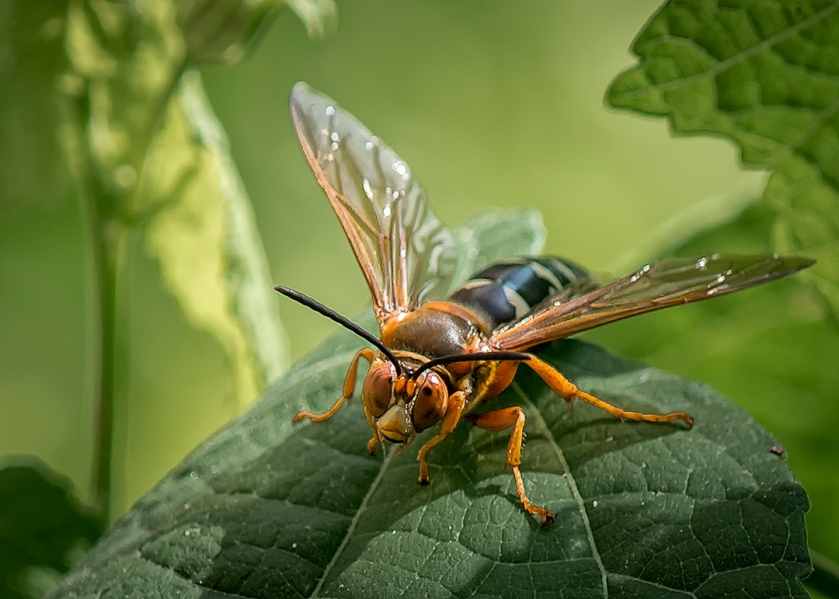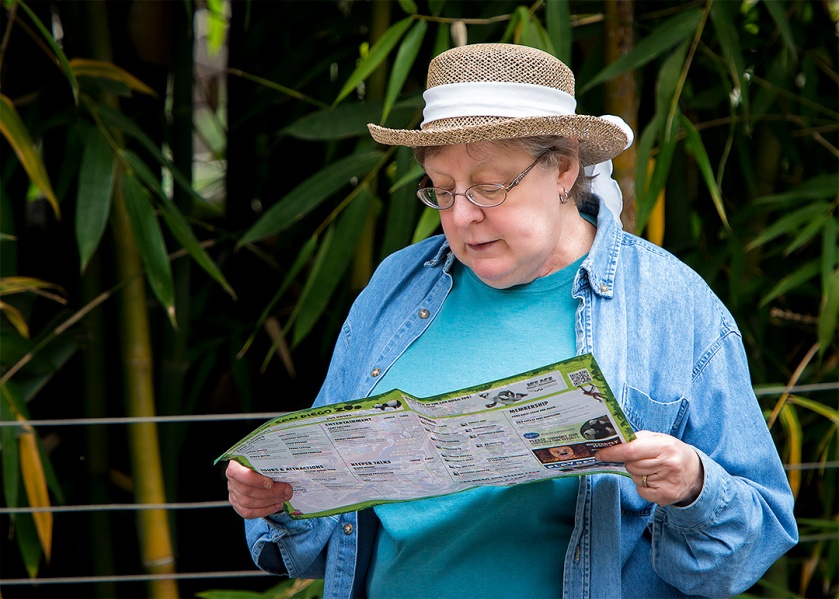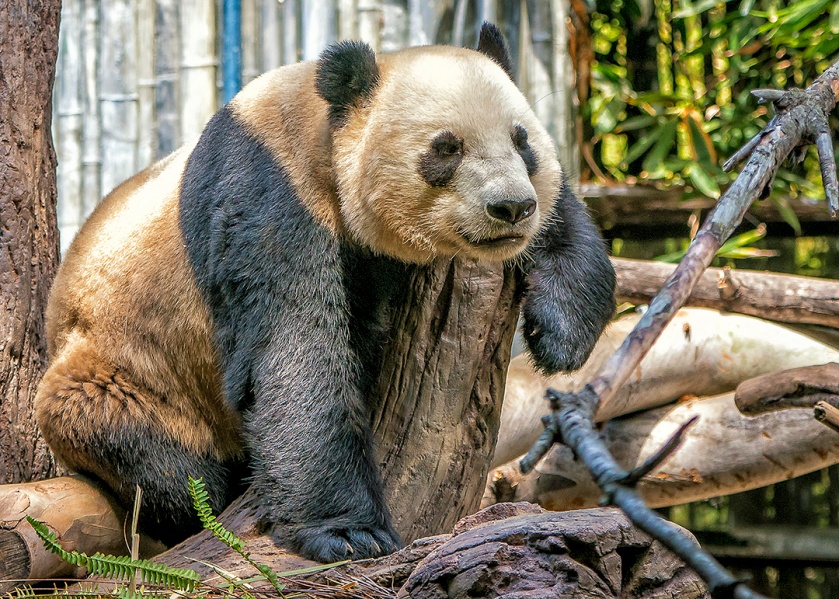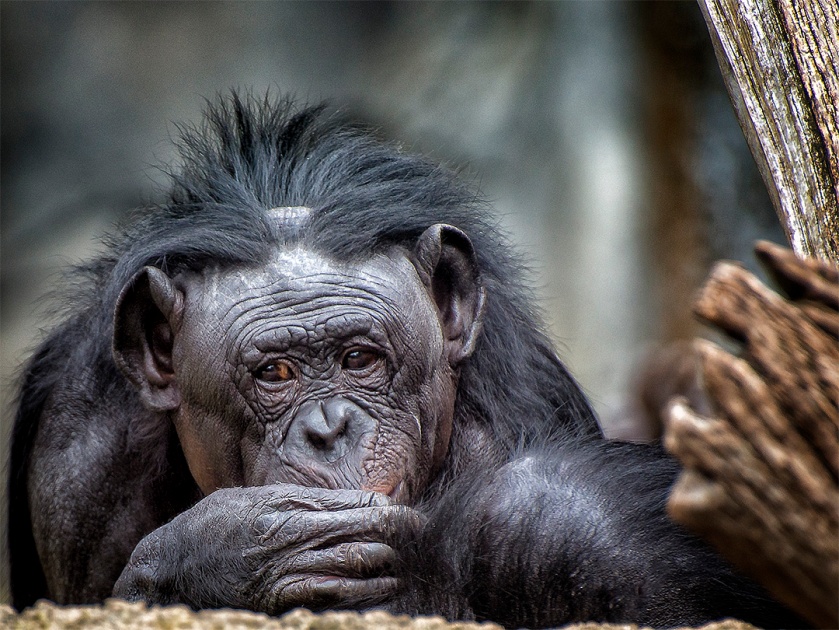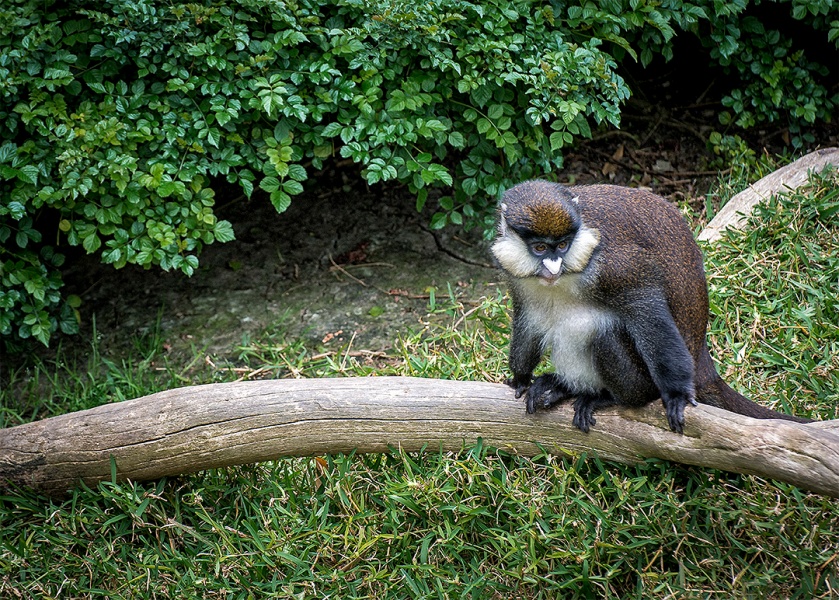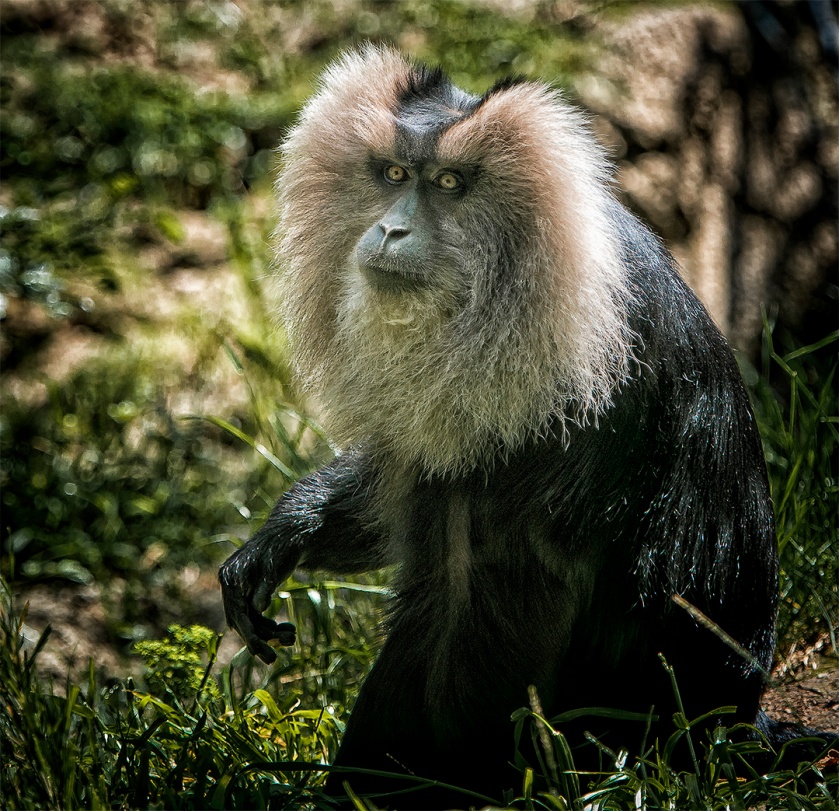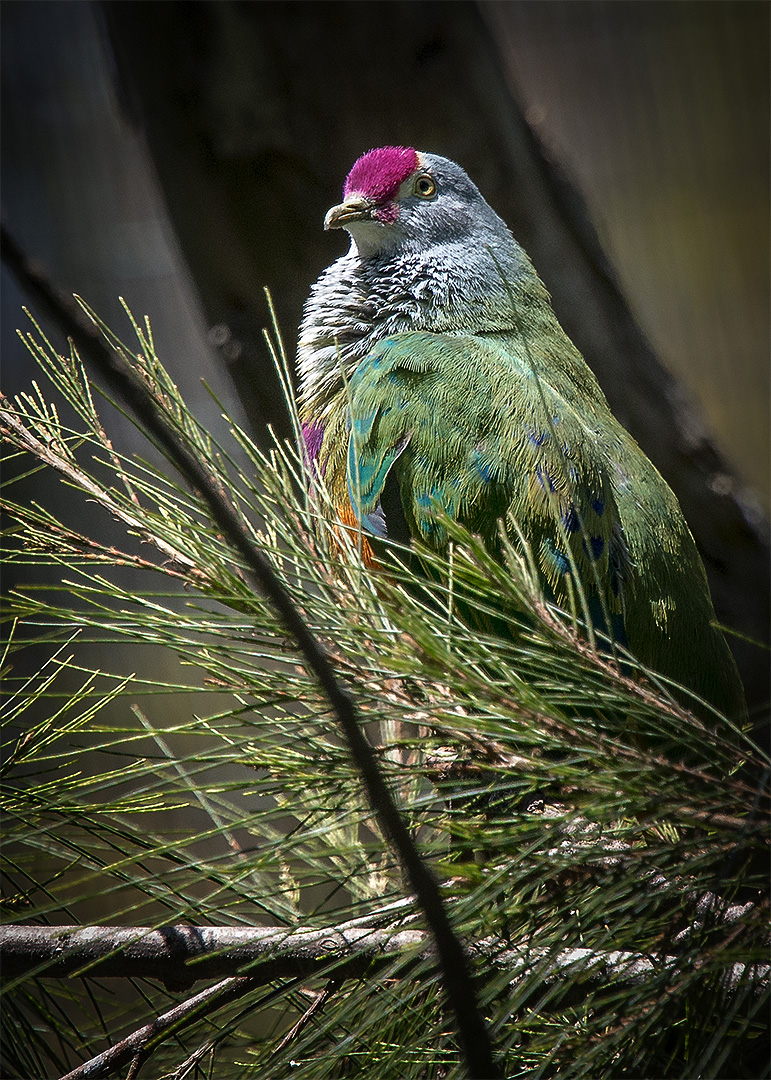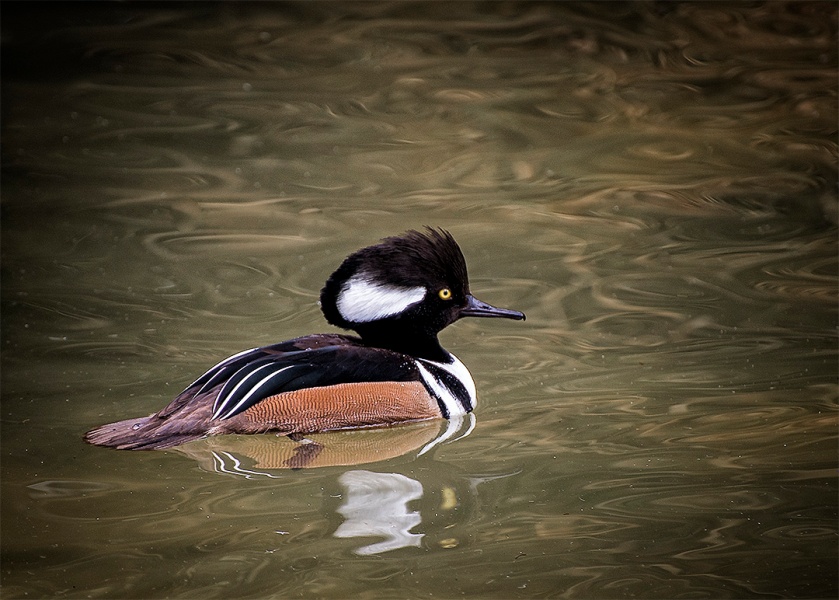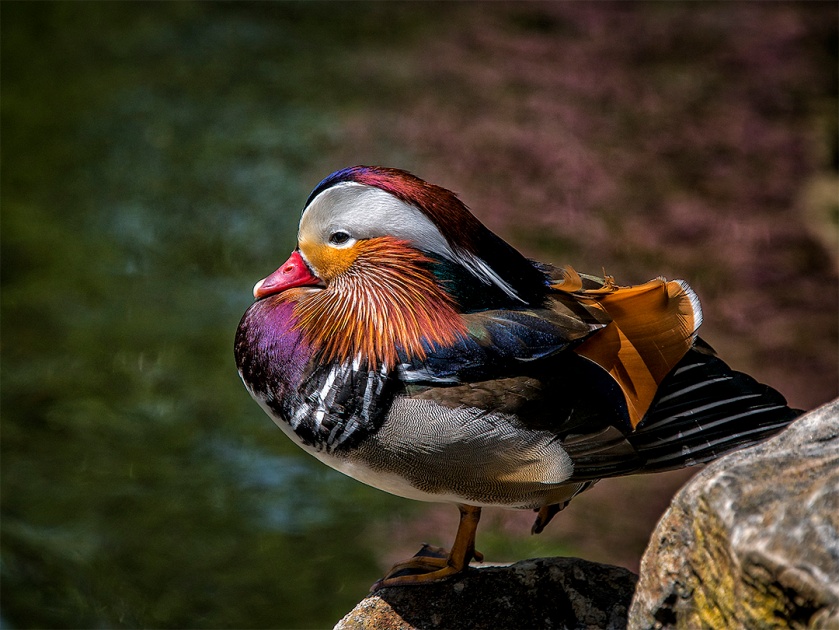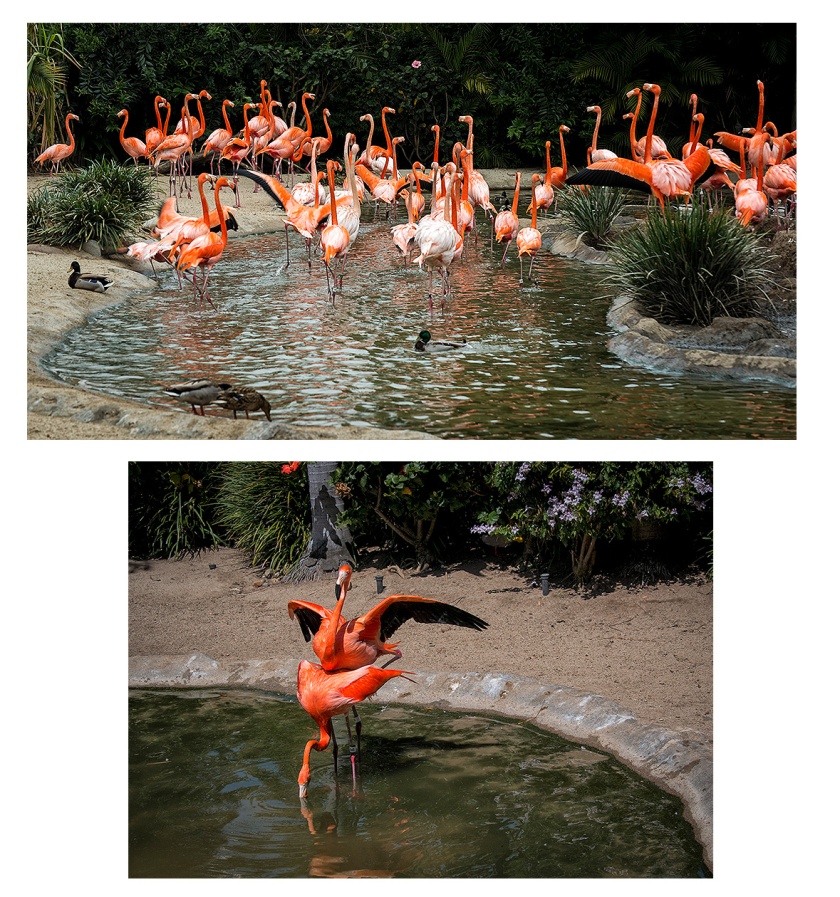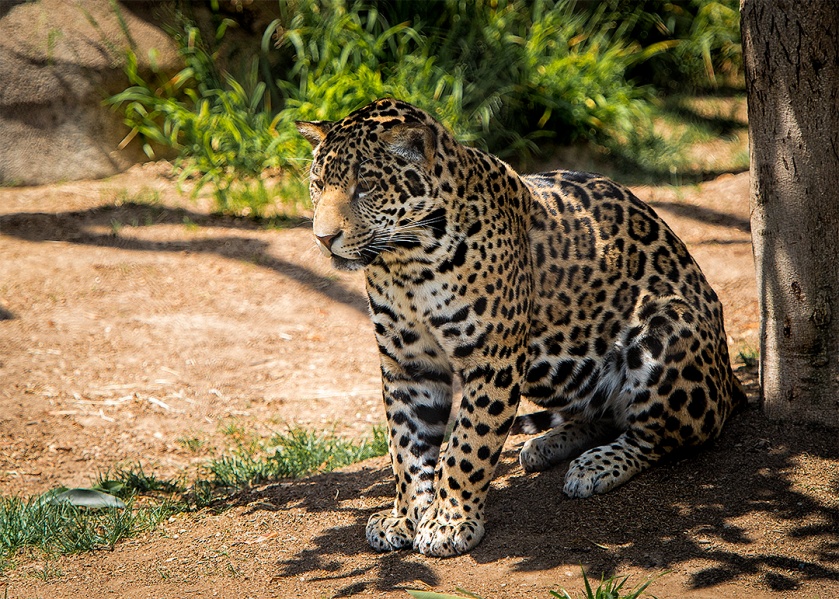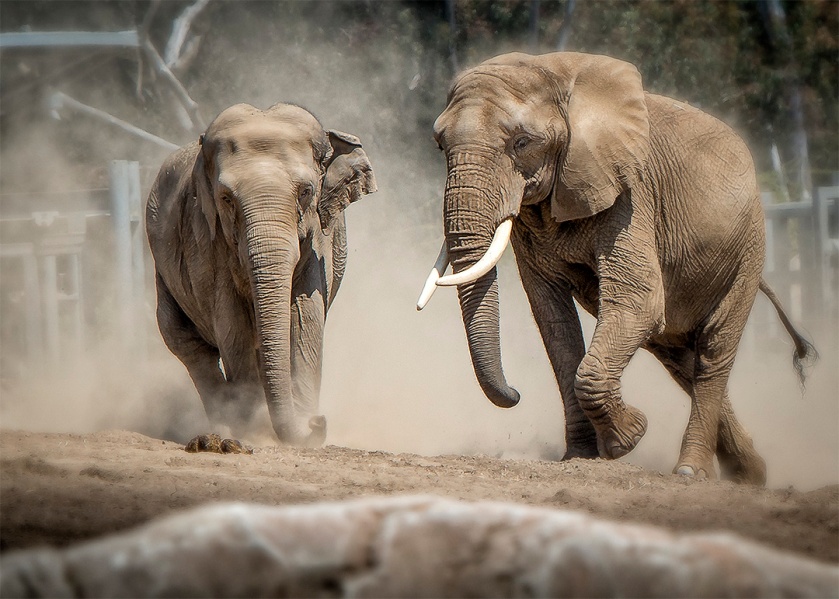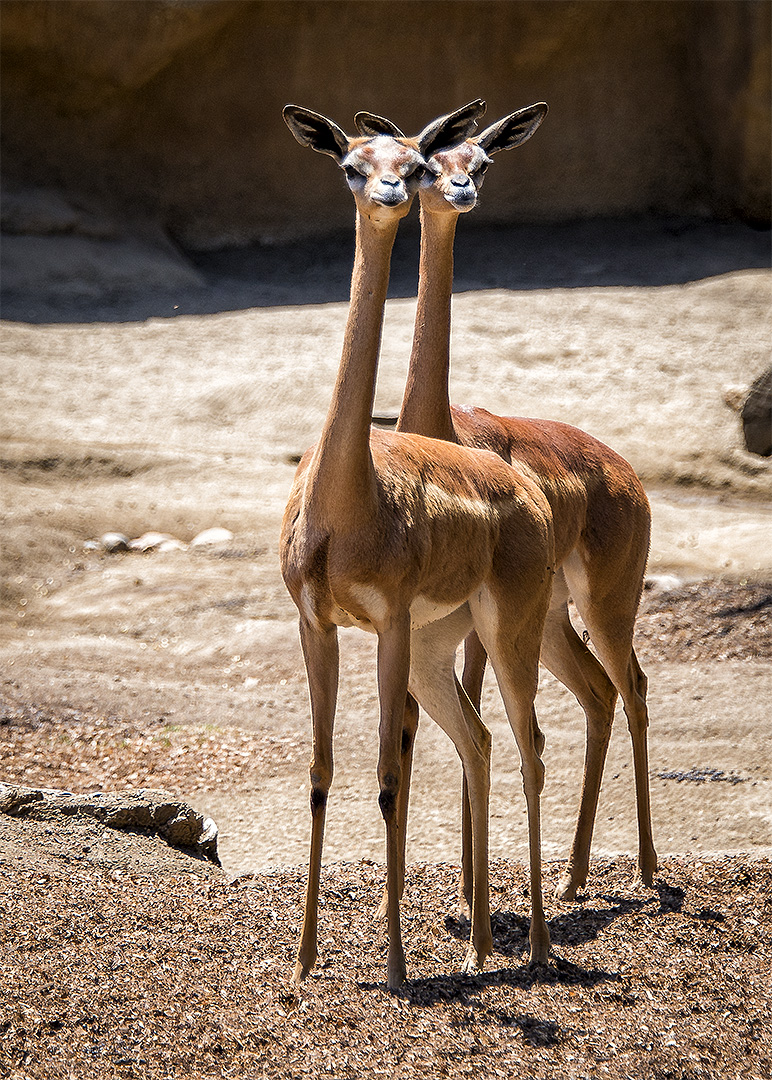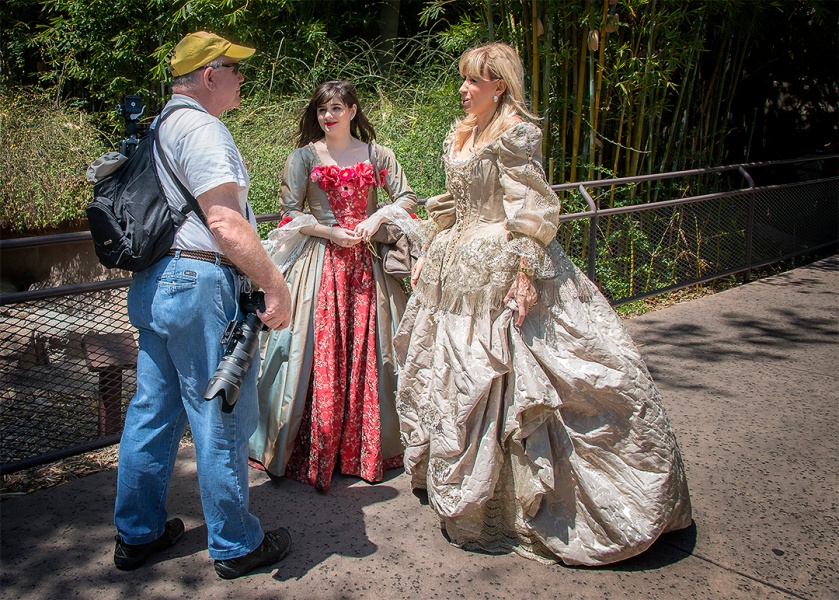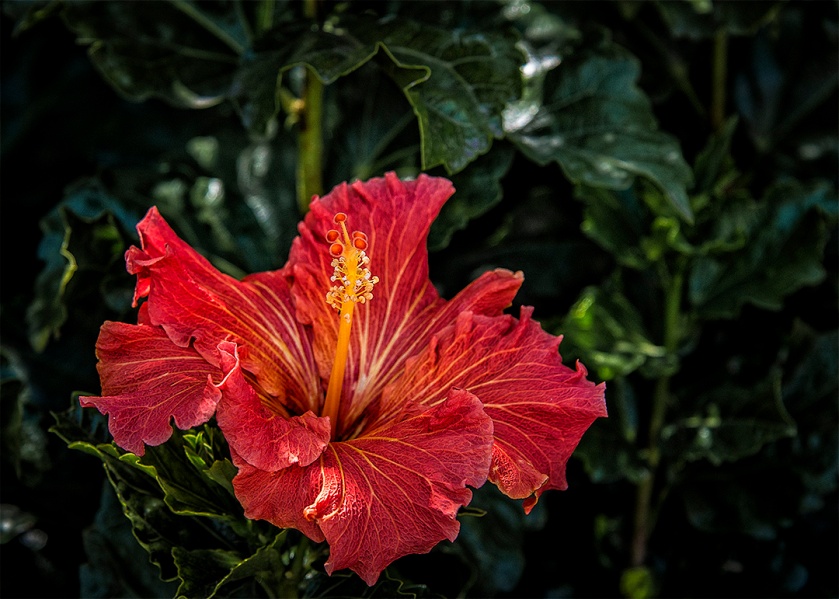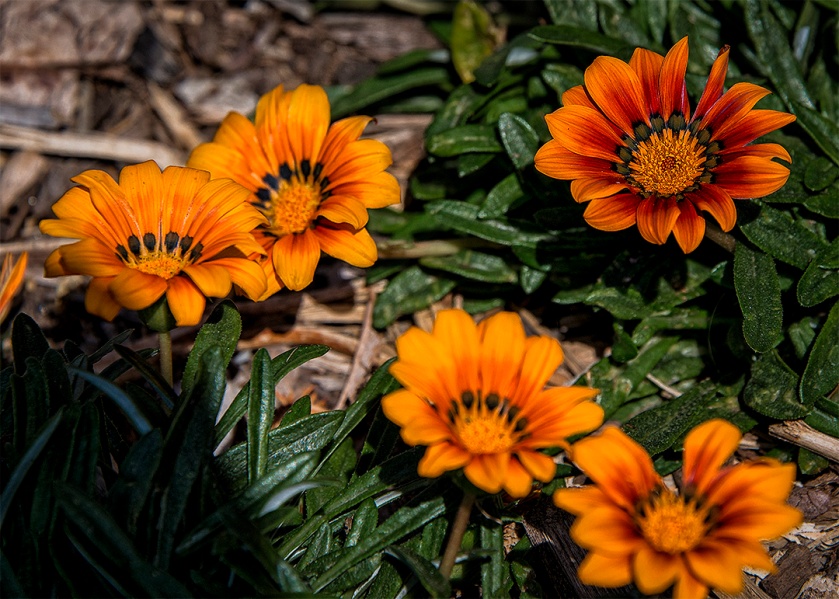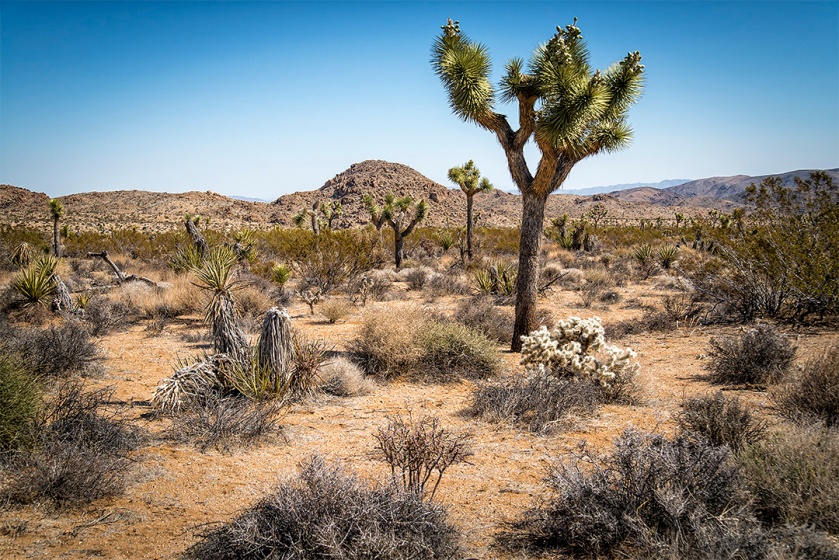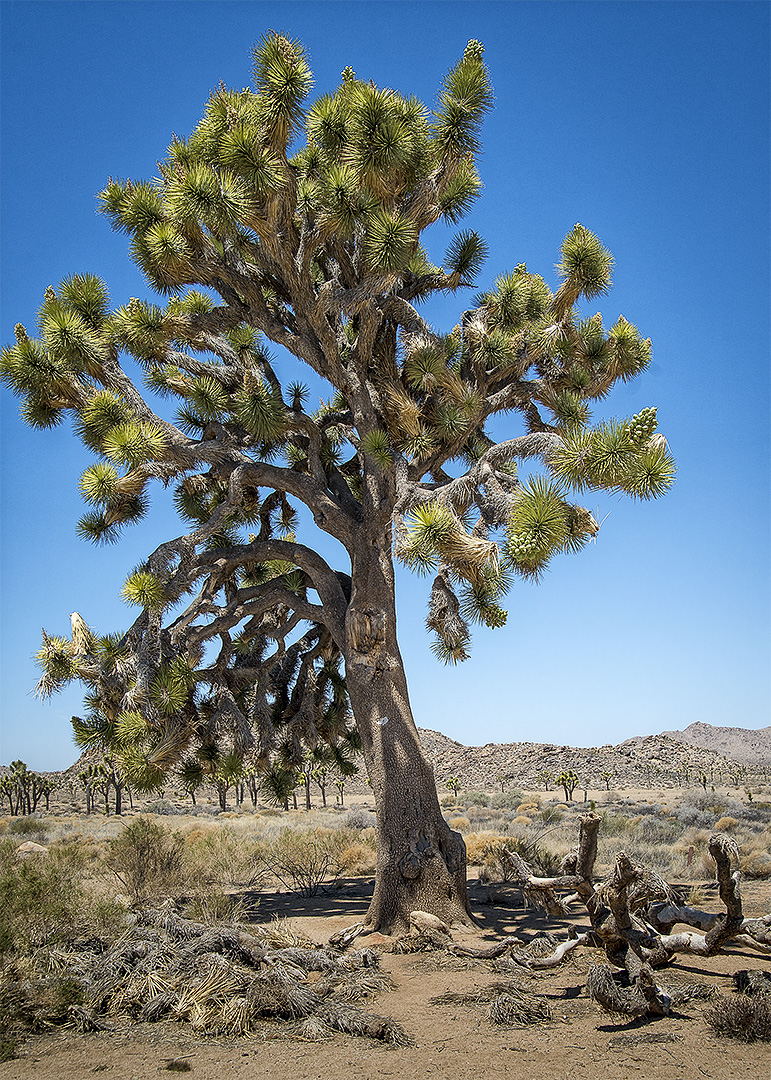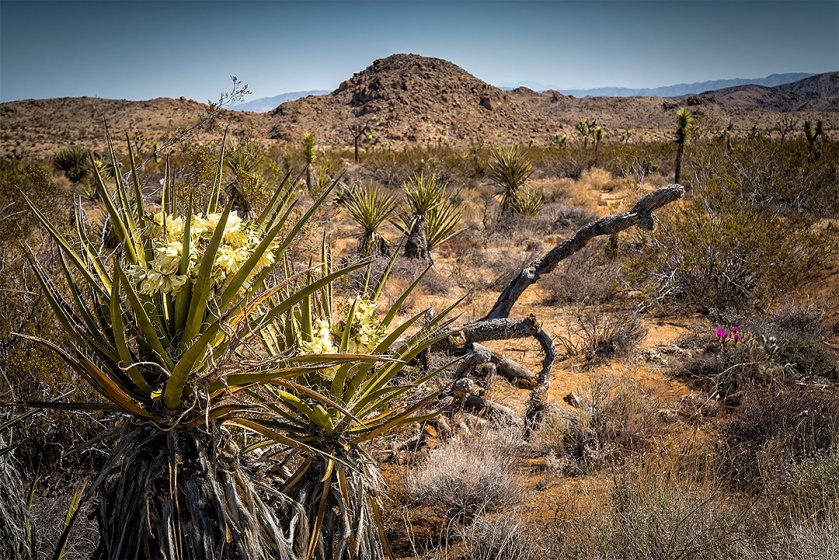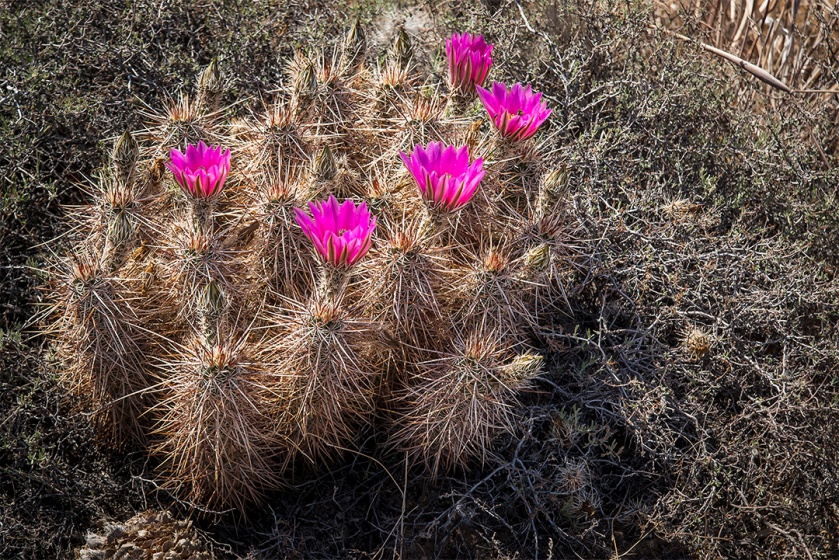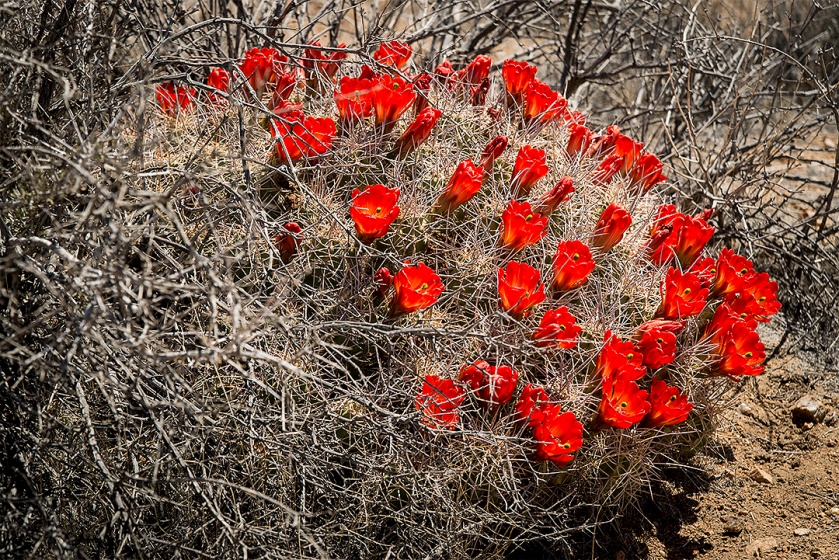My friend and fellow photographer Howard came to town last week for the express purpose of doing some serious bird photography. We had made our plans to photograph cranes, and with three world class crane habitats with a day’s drive, it would be difficult to go wrong. Ruling out one destination because it is a primarily a migration stop for the cranes, who won’t be migrating for another month, we chose Bosque del Apache, near San Antonio, New Mexico as our first stop.
“Bosque” is a 57,331 acre refuge set along the Rio Grande, about ten miles south of Socorro, NM. Although much of the refuge is set aside as wilderness, significant portions near the river are managed to provide food, water, and space for migrating and wintering waterfowl, including sandhill cranes. The sheer volume of birds that overwinter there is sometimes hard to believe.
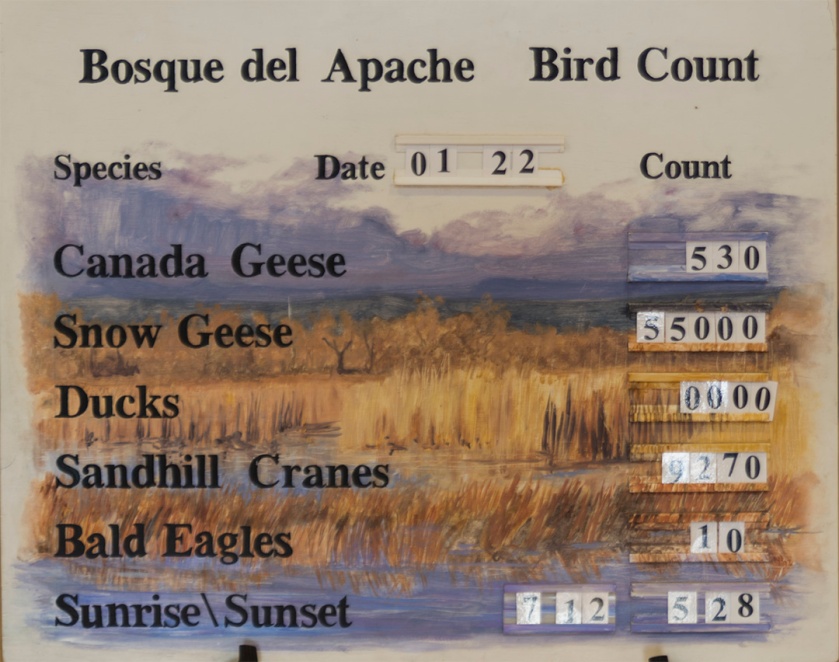
Cranes have four toes, but the toe at the back of their foot is significantly underdeveloped compared to other birds, to the point that they are unable to grip a tree branch. As a result, they sleep standing up, sometimes on one leg, and almost always in a shallow pond. This reduces the threat of predators such as coyotes (which we saw around the ponds at Bosque), bobcats and cougars.
Howard and I would arrive before sunrise at a pond where some cranes were overnighting. Around sunrise, several thousand snow geese would arrive to share the pond, but not for long. While this by itself was an impressive sight, the truly impressive event takes place when all the snow geese decide to leave in droves, taking only 10 – 15 seconds to do so. I caught the linked video on our second morning there, and was a bit disappointed that the number of birds was only about half of the huge group we had seen the day before.
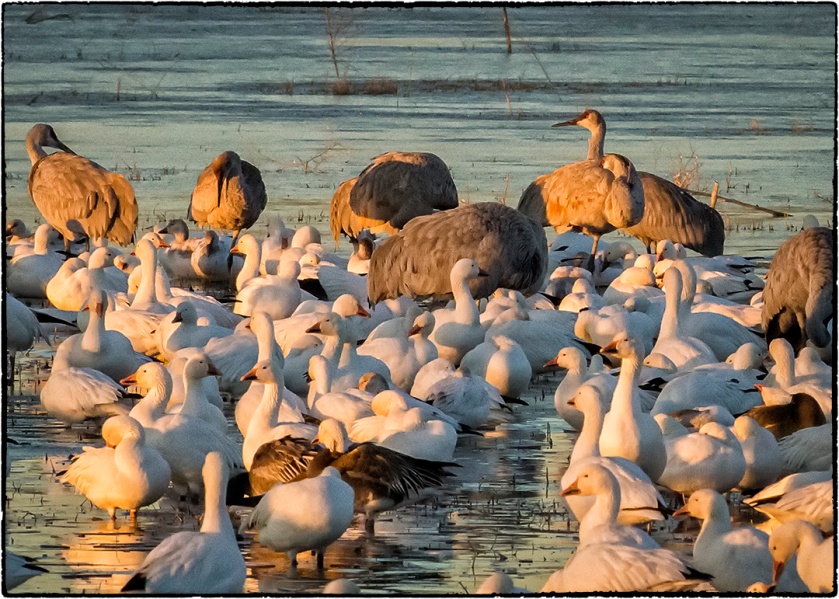
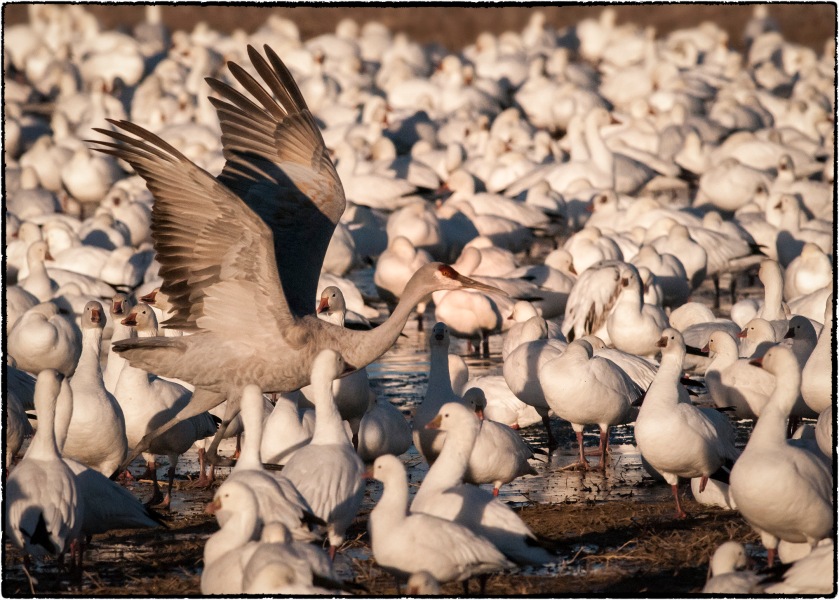
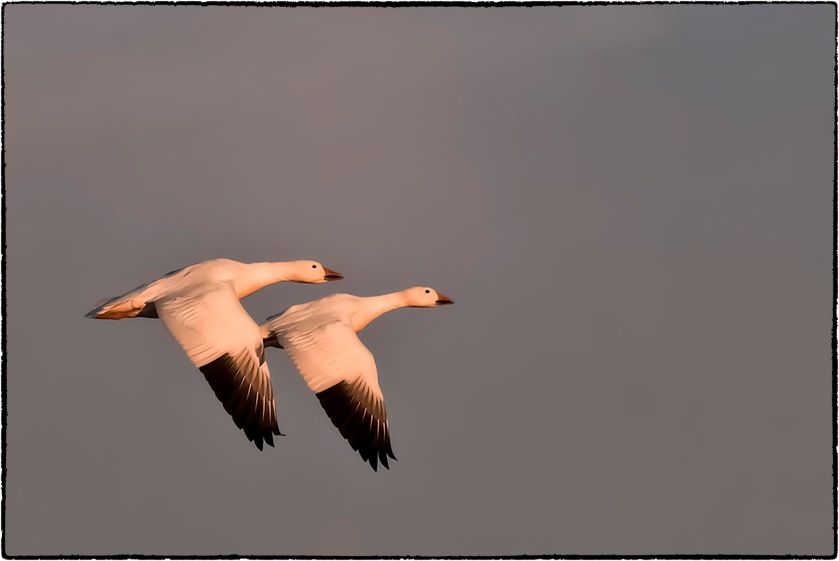
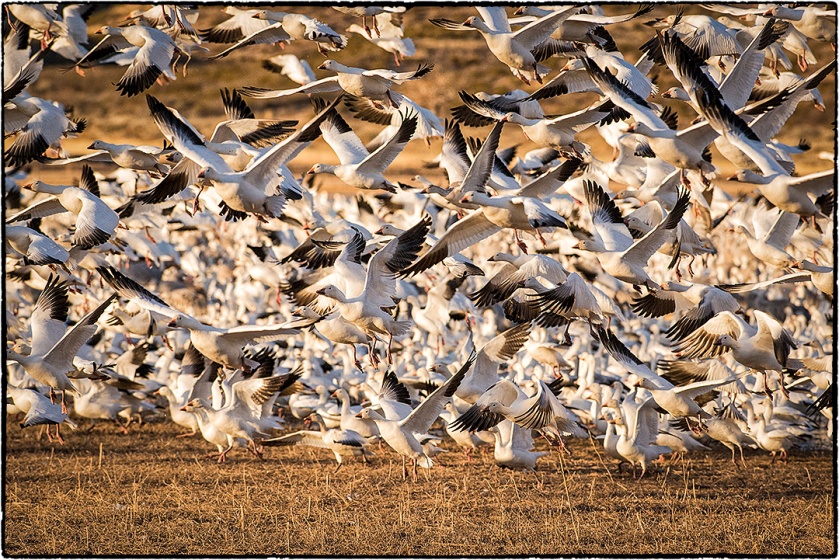
The sandhill cranes leave as singles, groups of two, or family groups, sometimes before the geese leave, sometimes after. The interesting behavior here is the way the cranes lean into their intended direction of flight, which is generally taken as a sign that they are ready to fly. Watch for the coyote at 1:15 into the video.
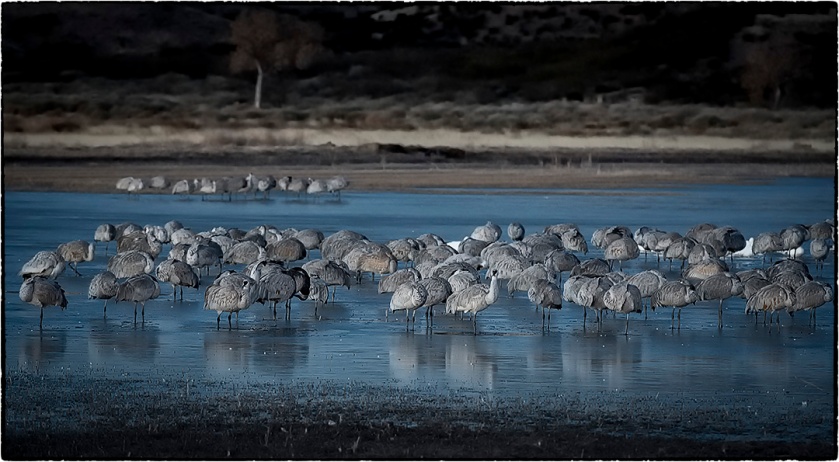
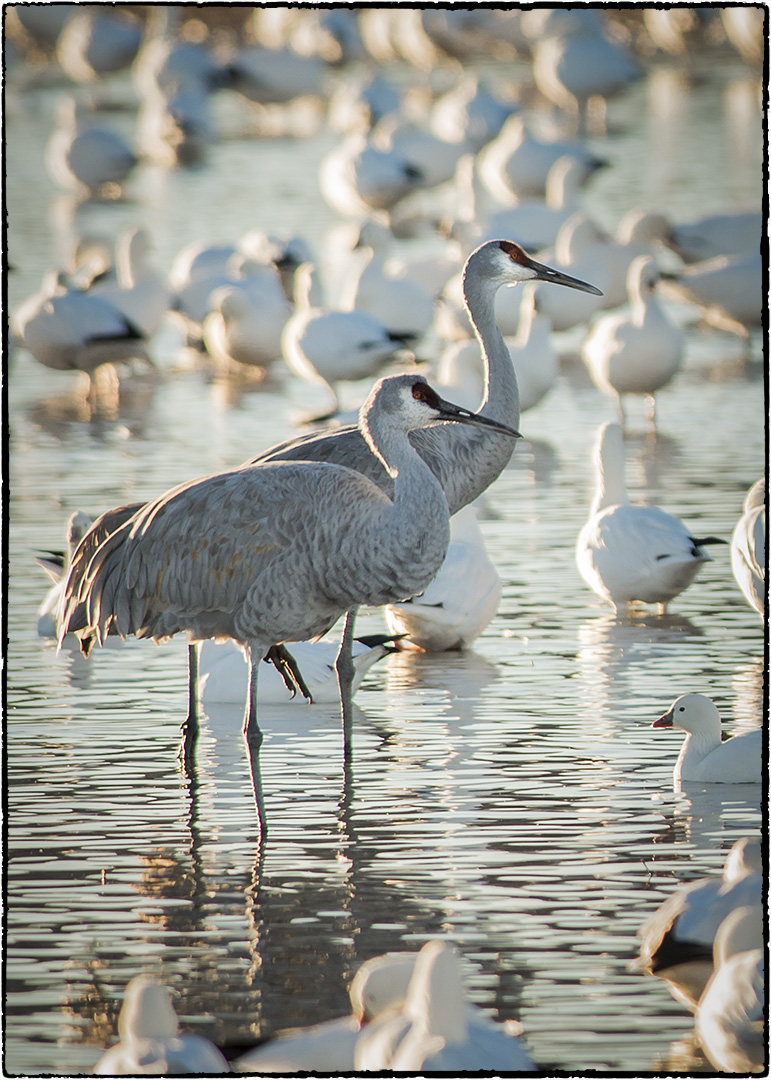
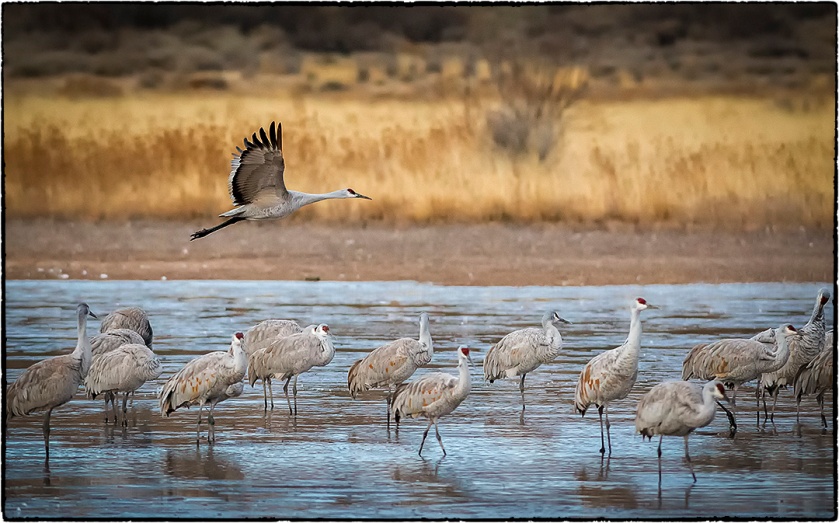
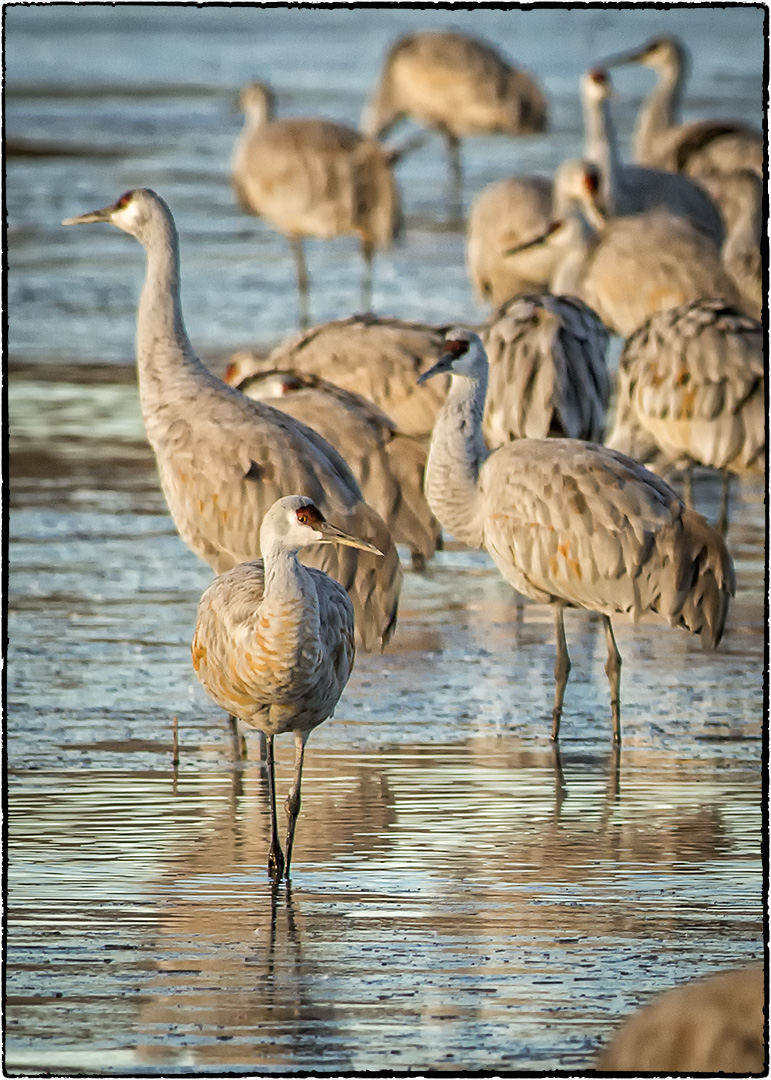
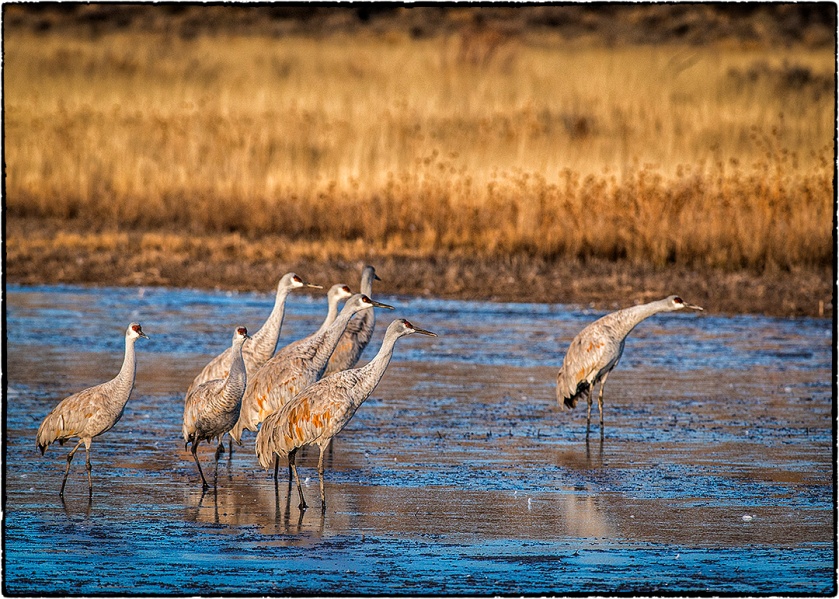
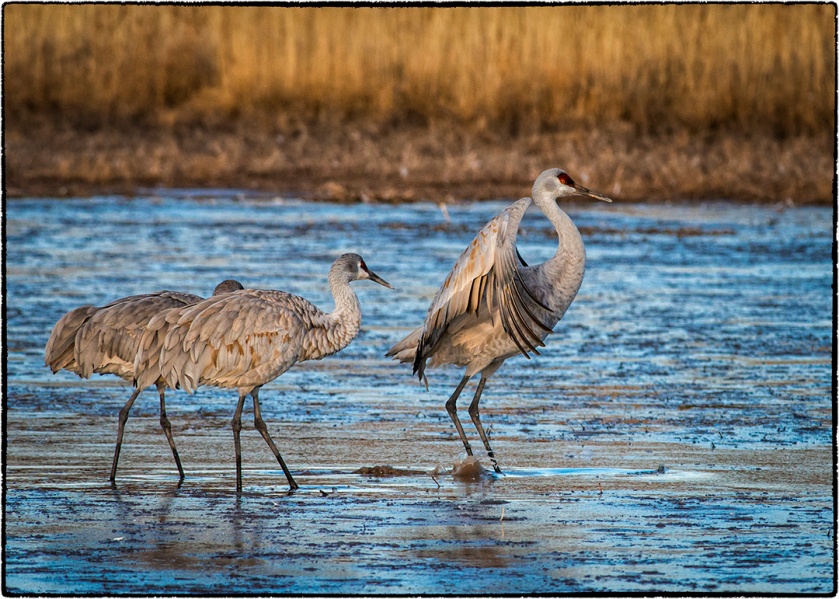
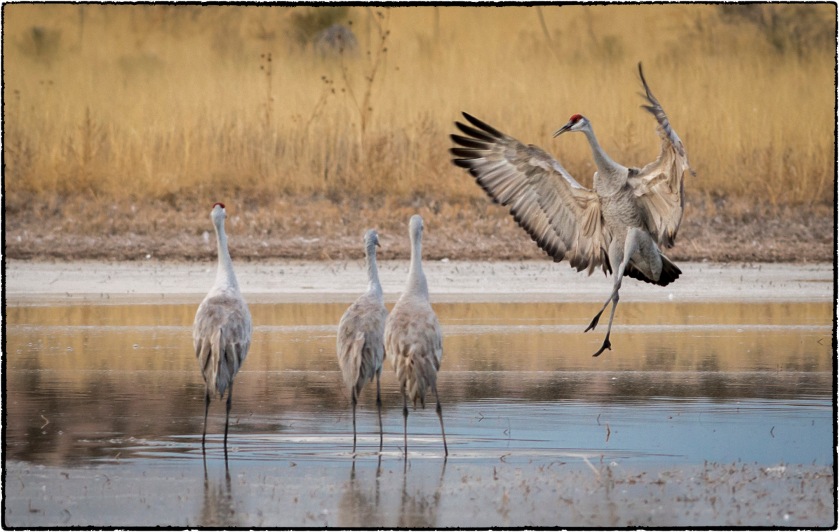
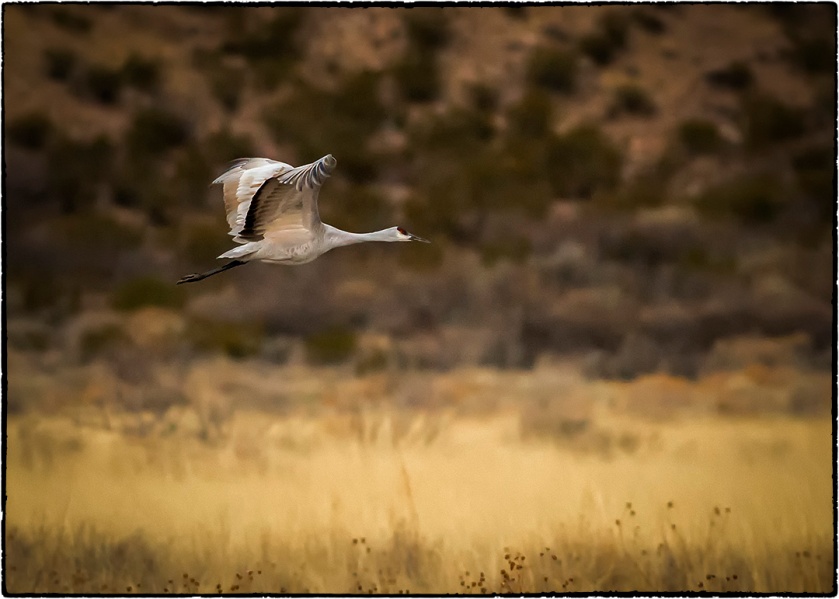
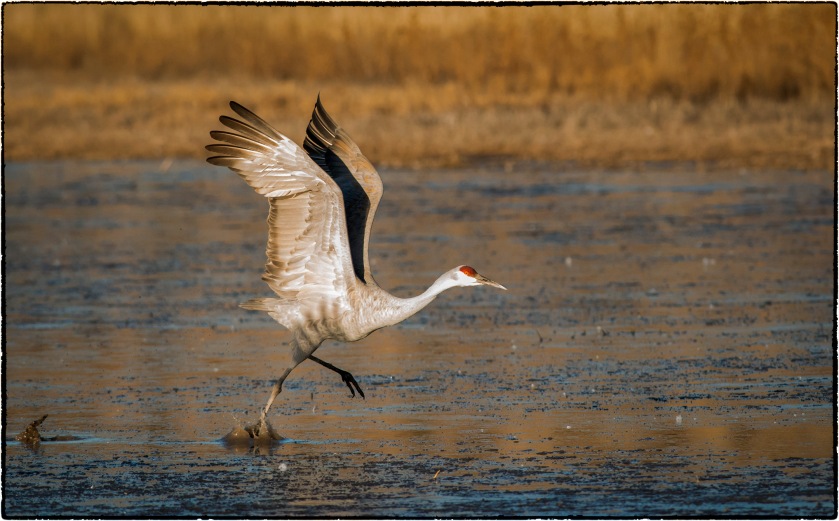
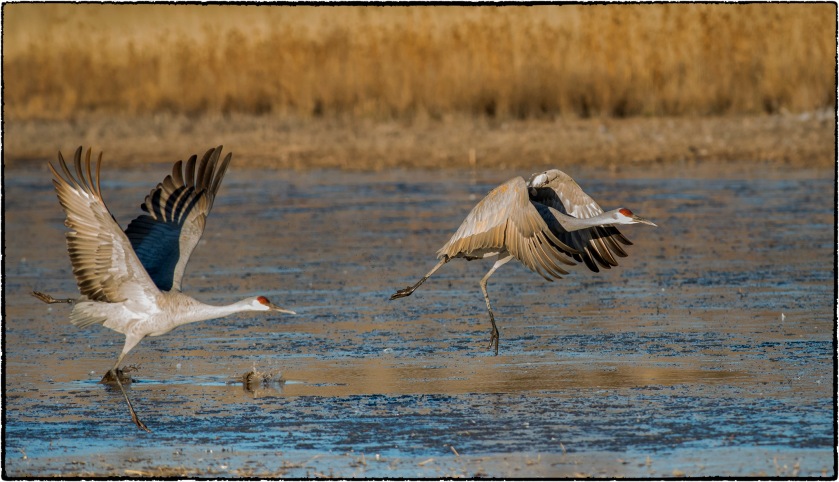
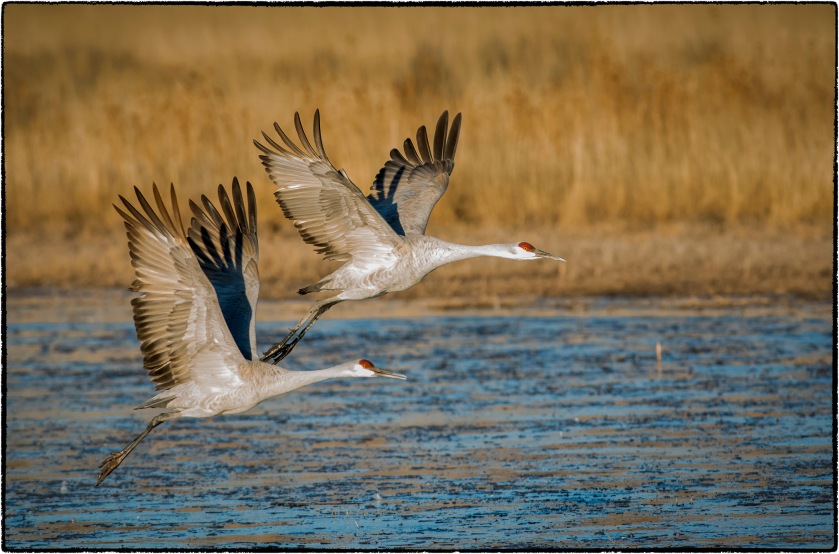
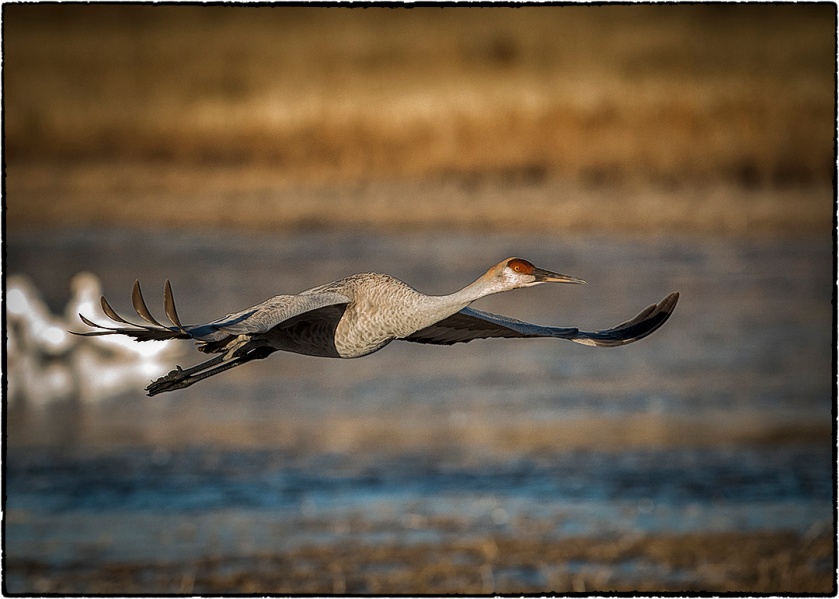
The cranes spend the day feeding on grains in farm fields, or in shallow ponds where their long negs and bills allow them to search well below the surface for succulent tubers. Their arrival back at the roost after a day of foraging is also an event worth photographing. We attempted to catch just the right poses as the birds spread their wings and extended their legs for landing. Some cranes continue to arrive well after sunset, creating interesting silhouettes against the late evening sky.
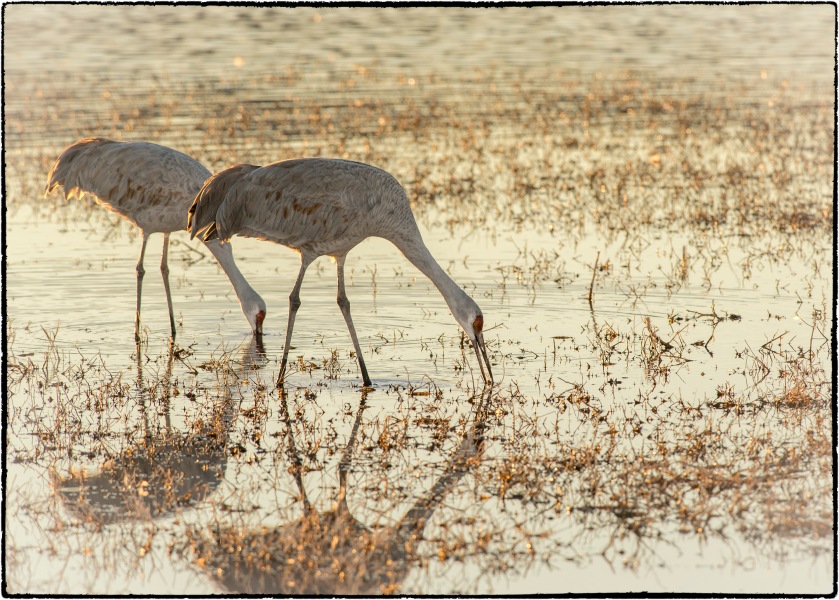
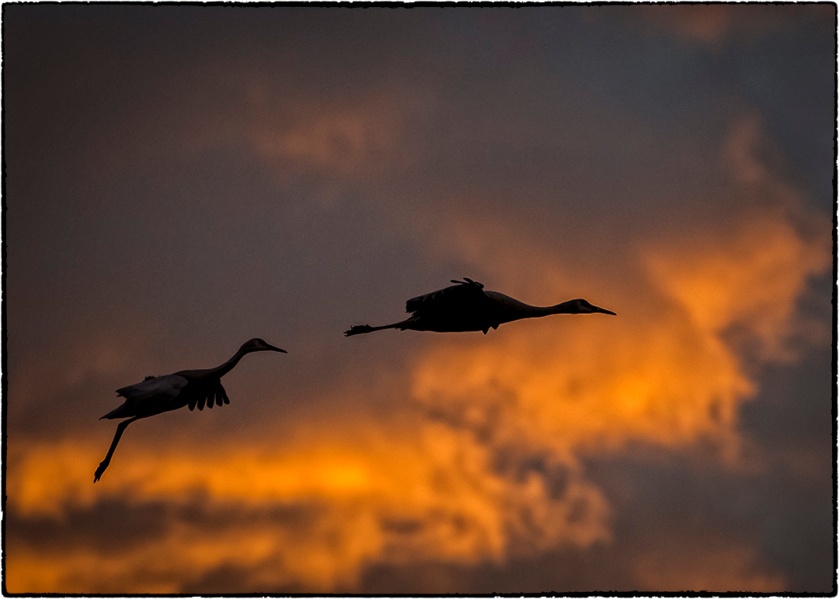
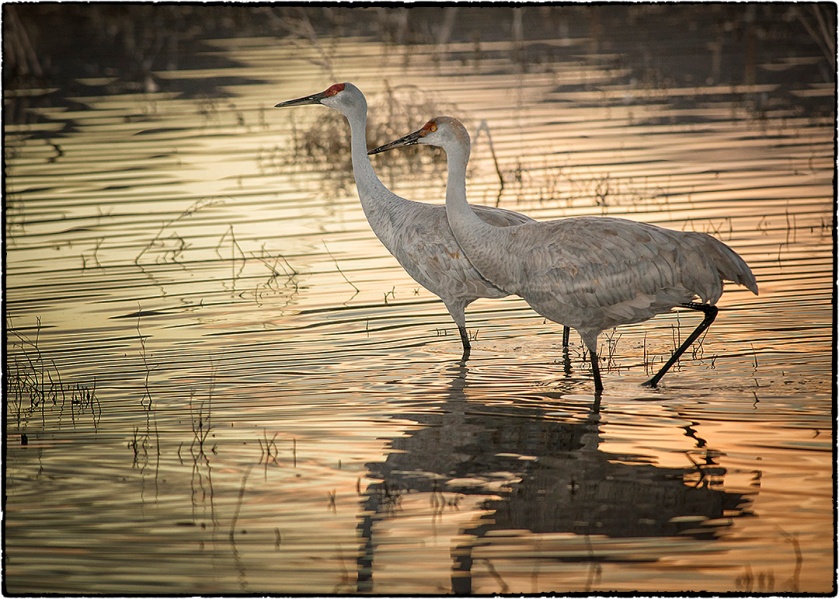
Between their morning departure and evening landings, we drove the dusty roads of the refuge in search of other wildlife. Along a stretch of the road known as “Raptor Alley”, we found quite a few hawks, harriers, and even a few bald eagles, including a family of four in the same tree.
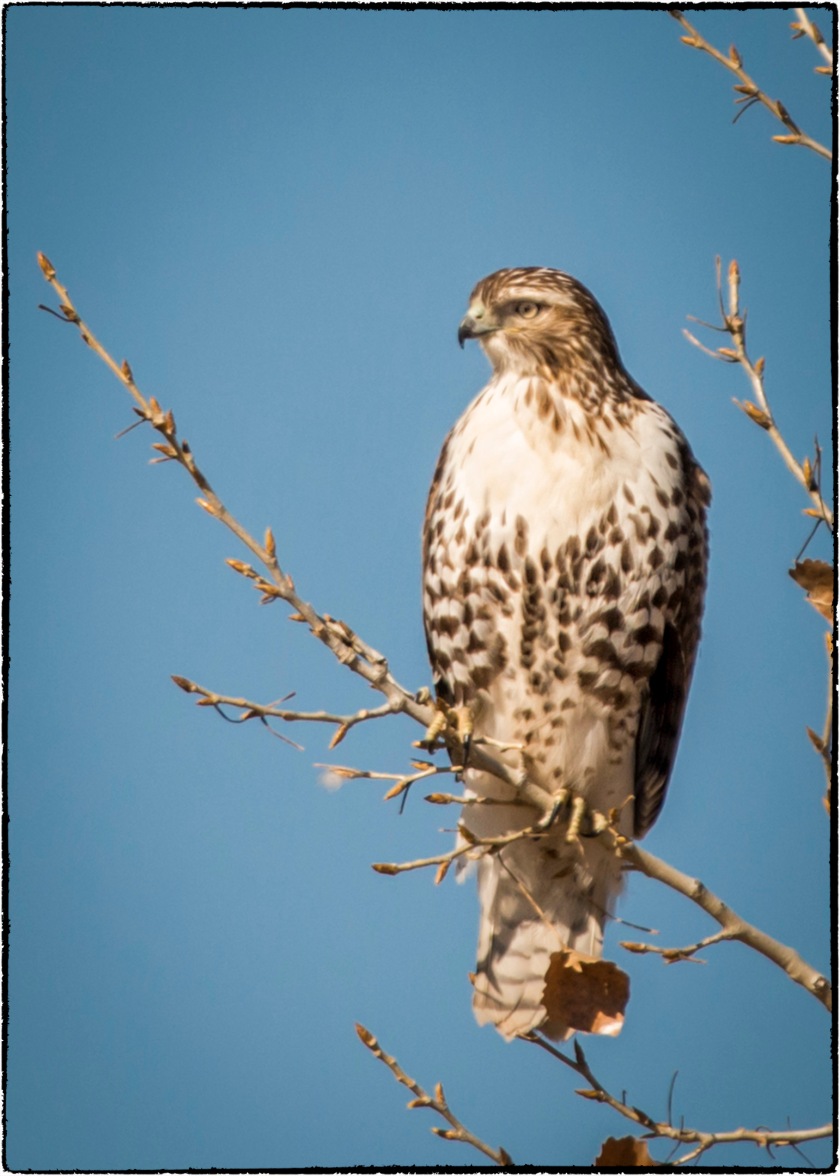
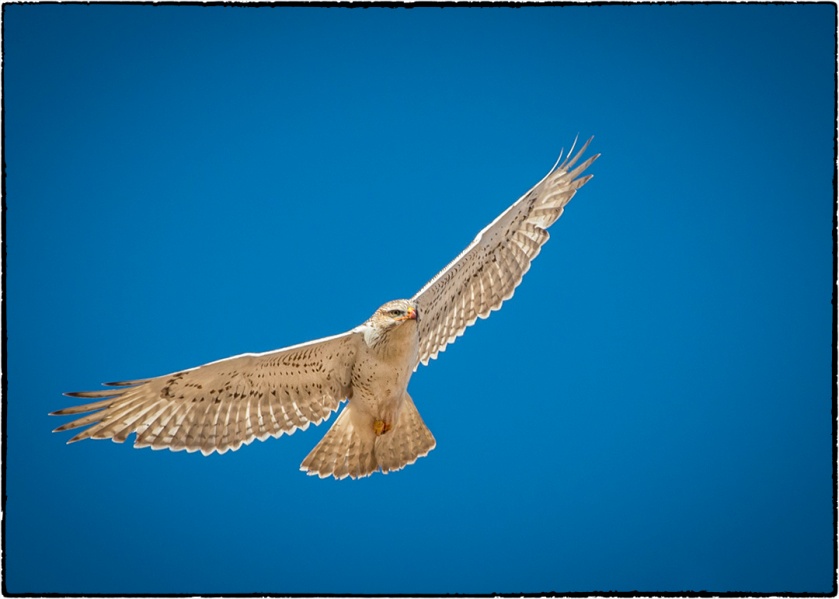
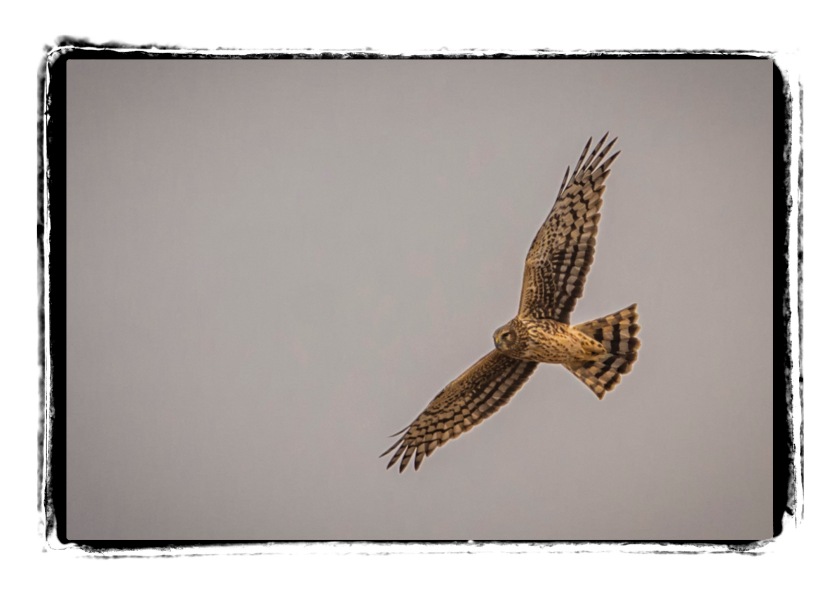
Finally, I was reminded of something that I really enjoyed during the years that I lived and worked in New Mexico. The wide open spaces there frequently team up with the right weather conditions to produce some truly amazing sunrises and sunsets.
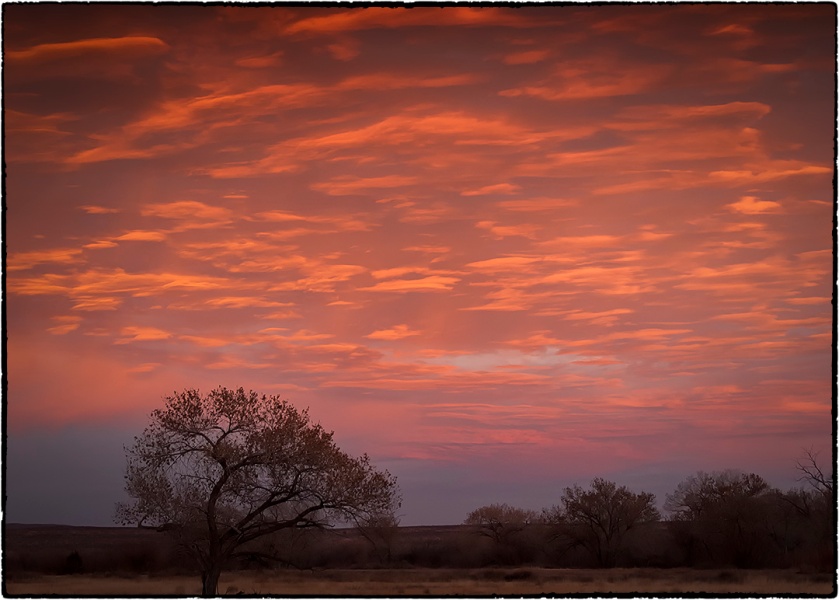
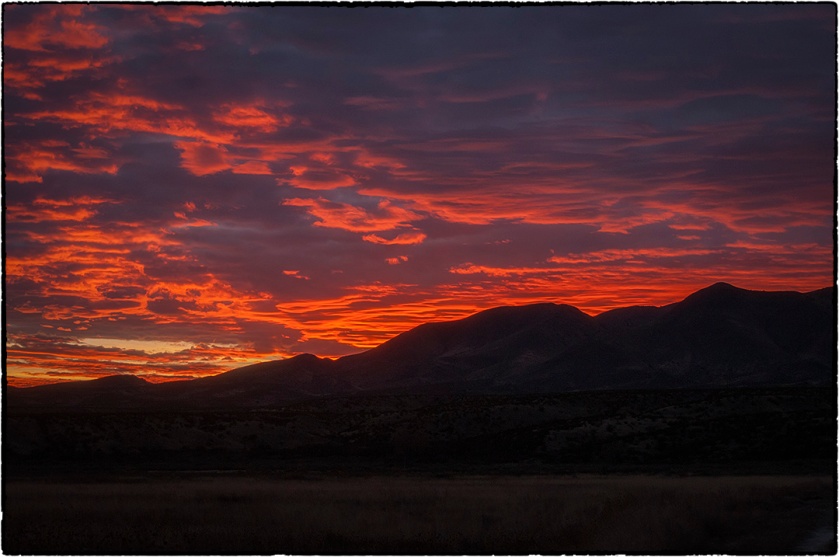
If you are interested in birds, or if you are a wildlife/bird photographer, and haven’t been to Bosque del Apache, rest assured that it is well worth the trip. The time to visit is November through February, while thousands of waterfowl overwinter there. The local Crane Festival, held in November, is a popular time to visit. We stayed in a B&B, the Casa Blanca, five minutes from where we shot most of our photos, and I can highly recommend it.
